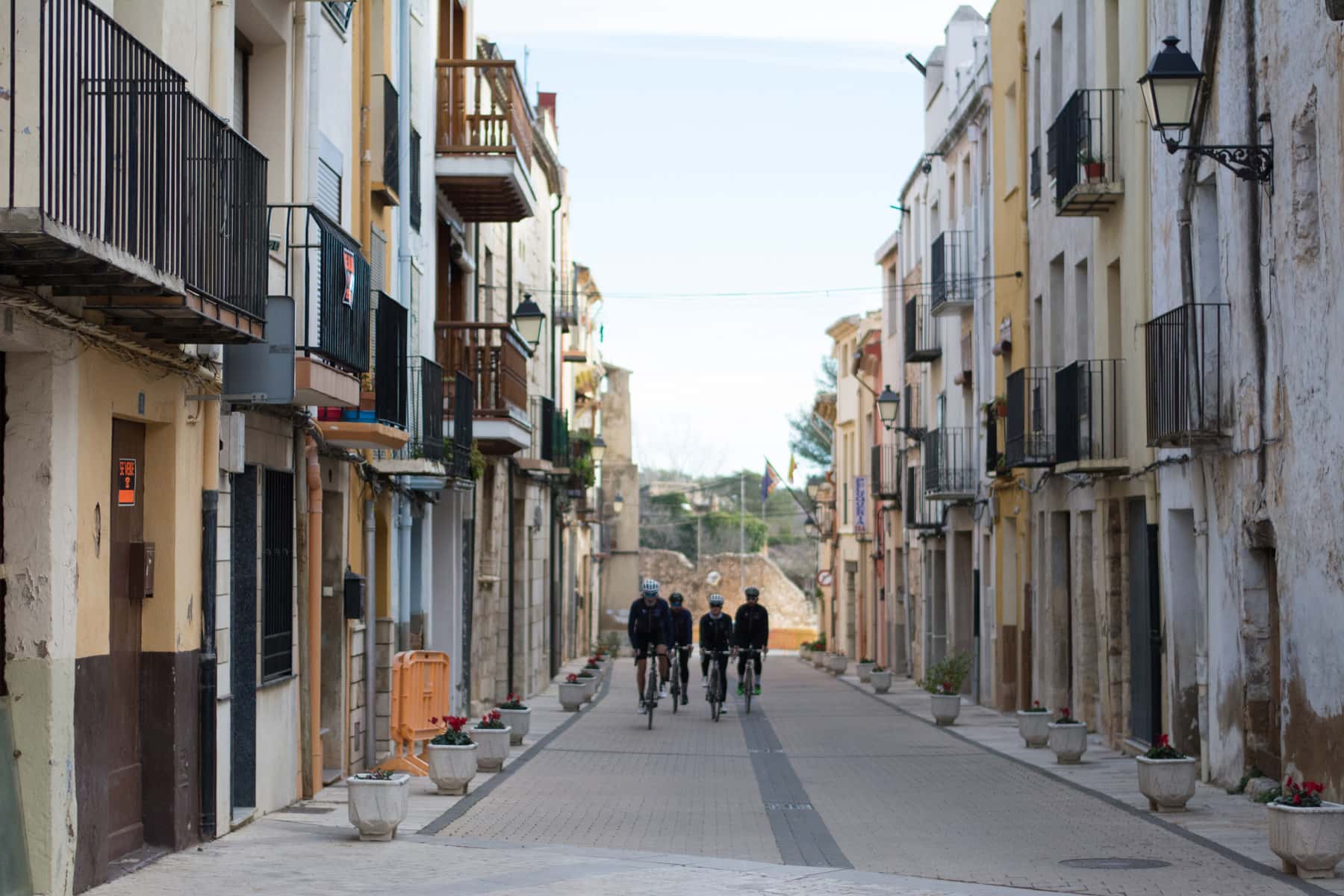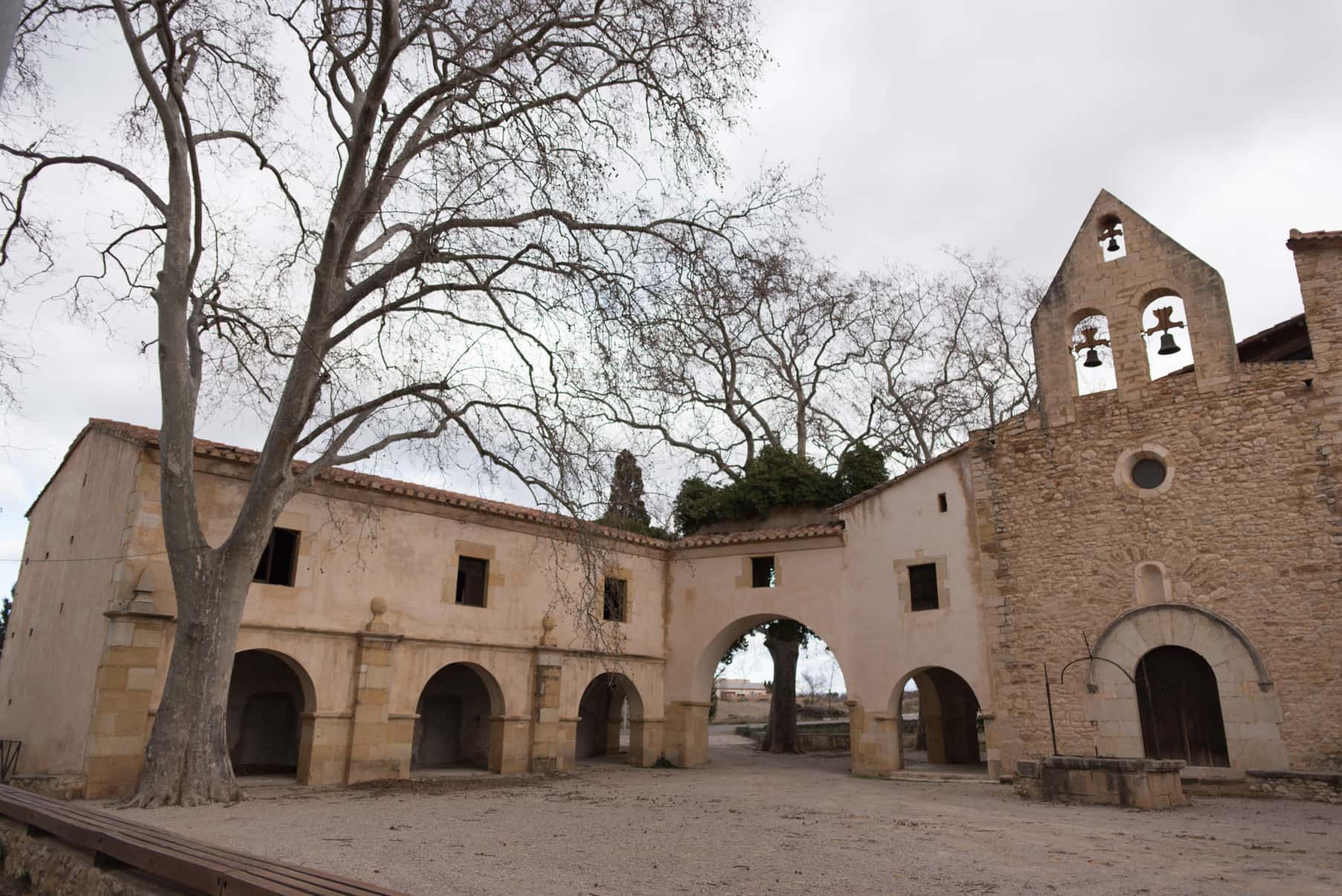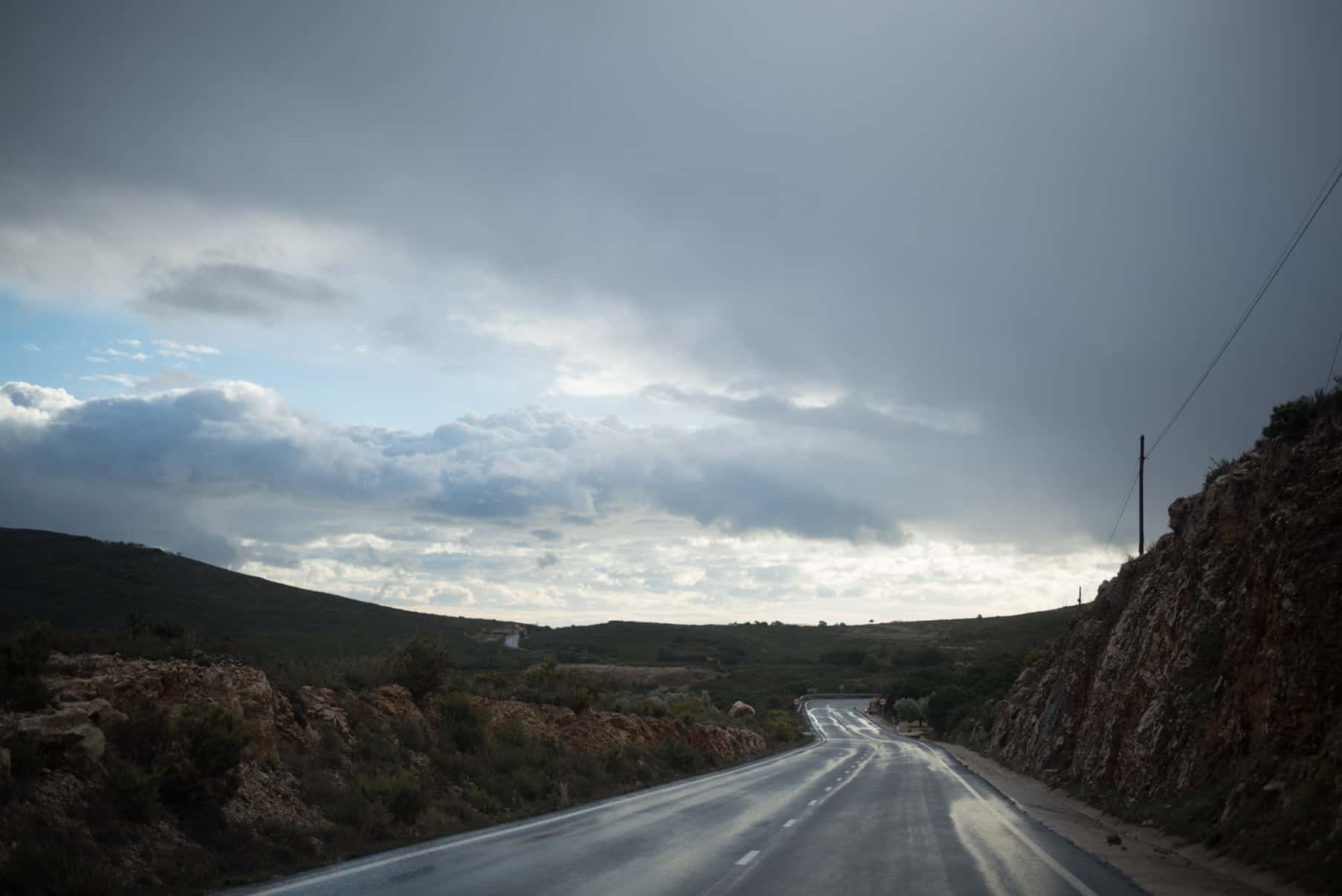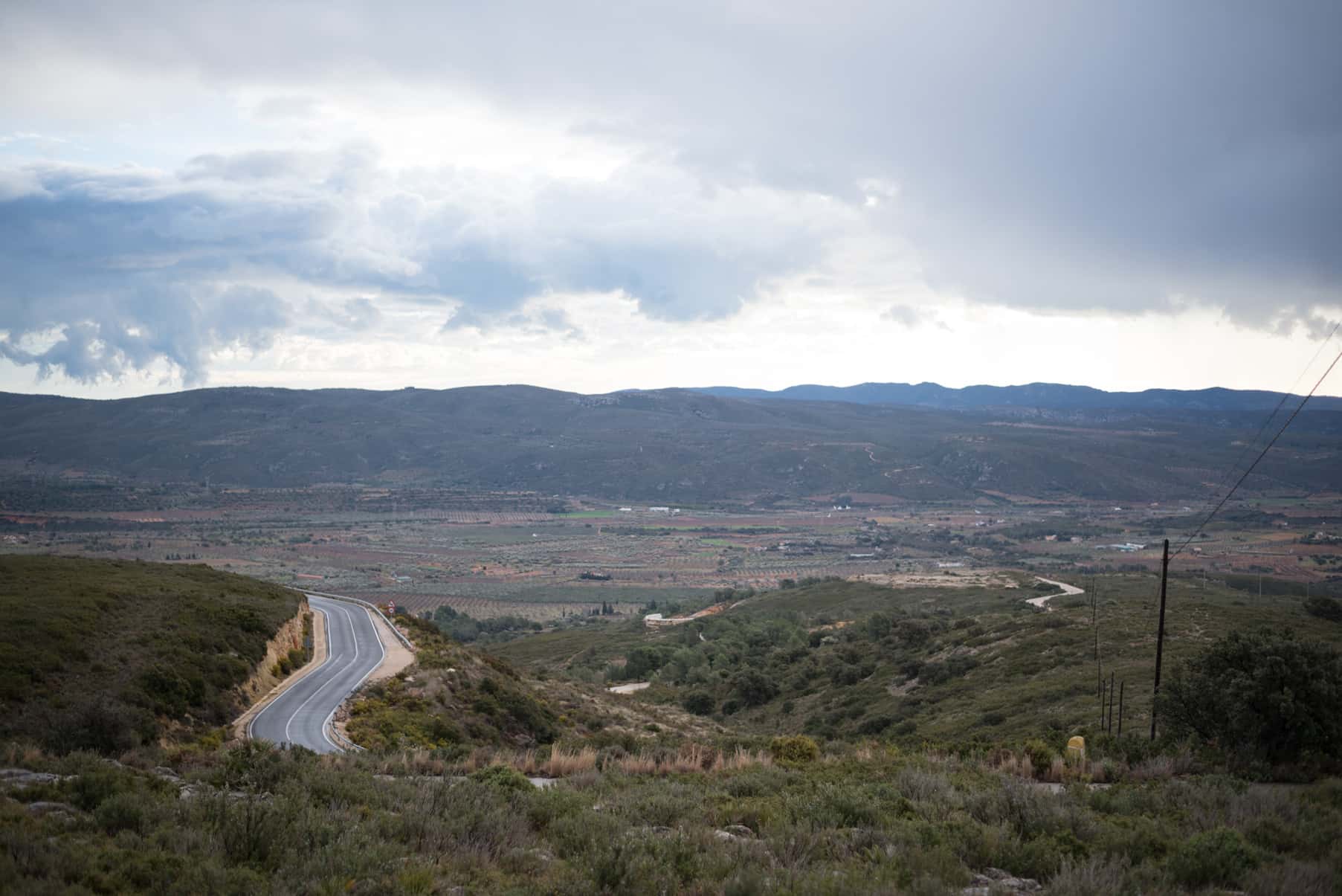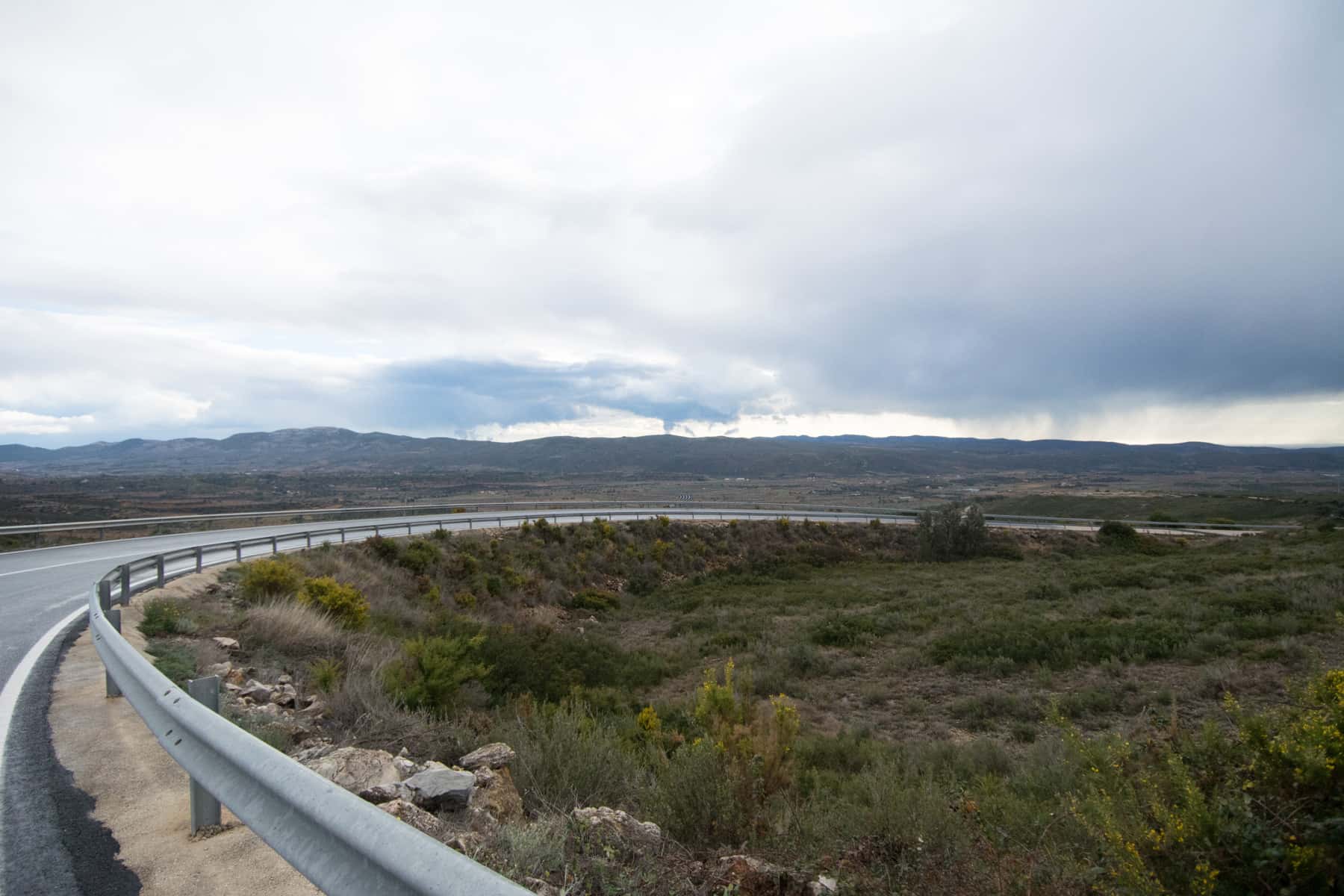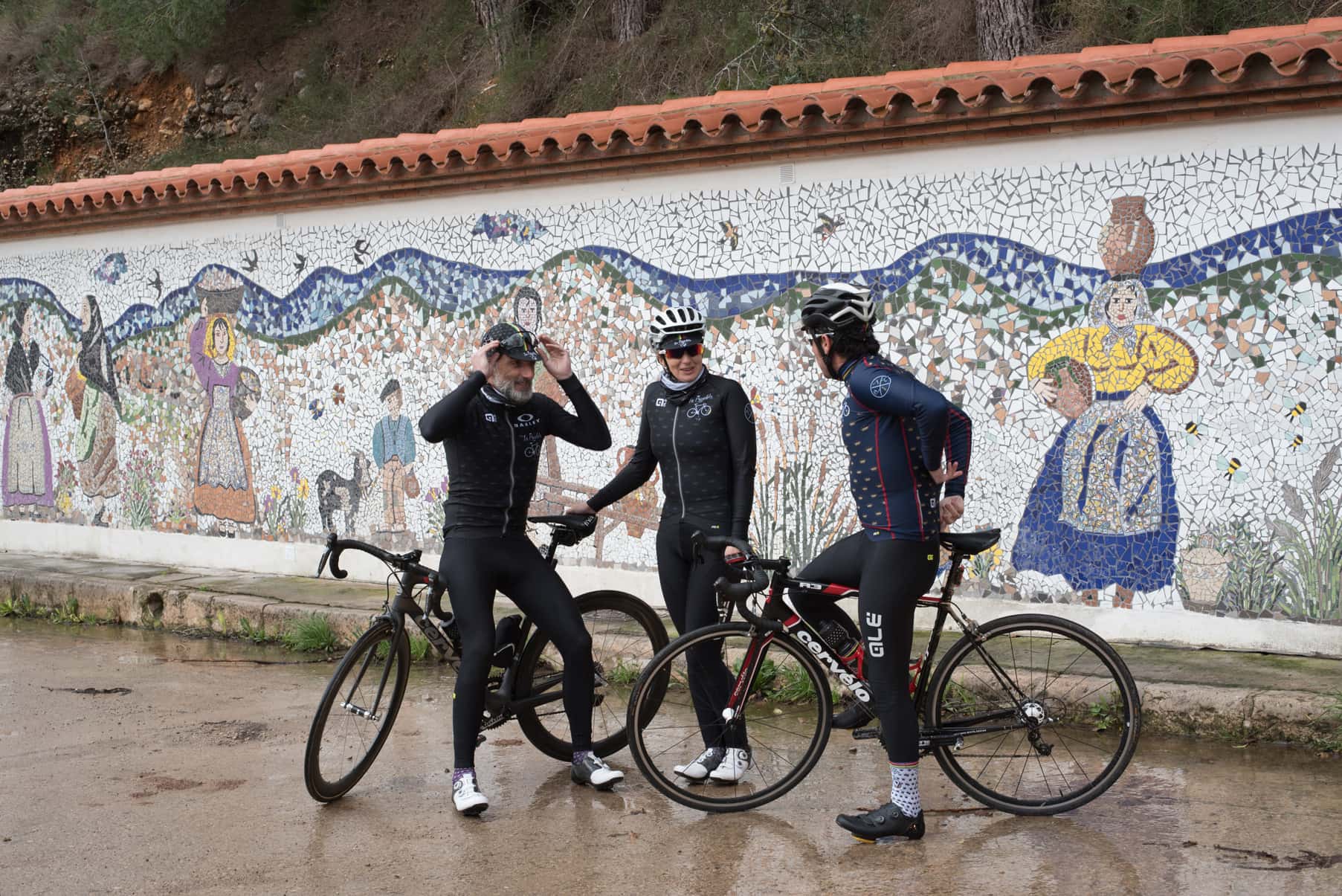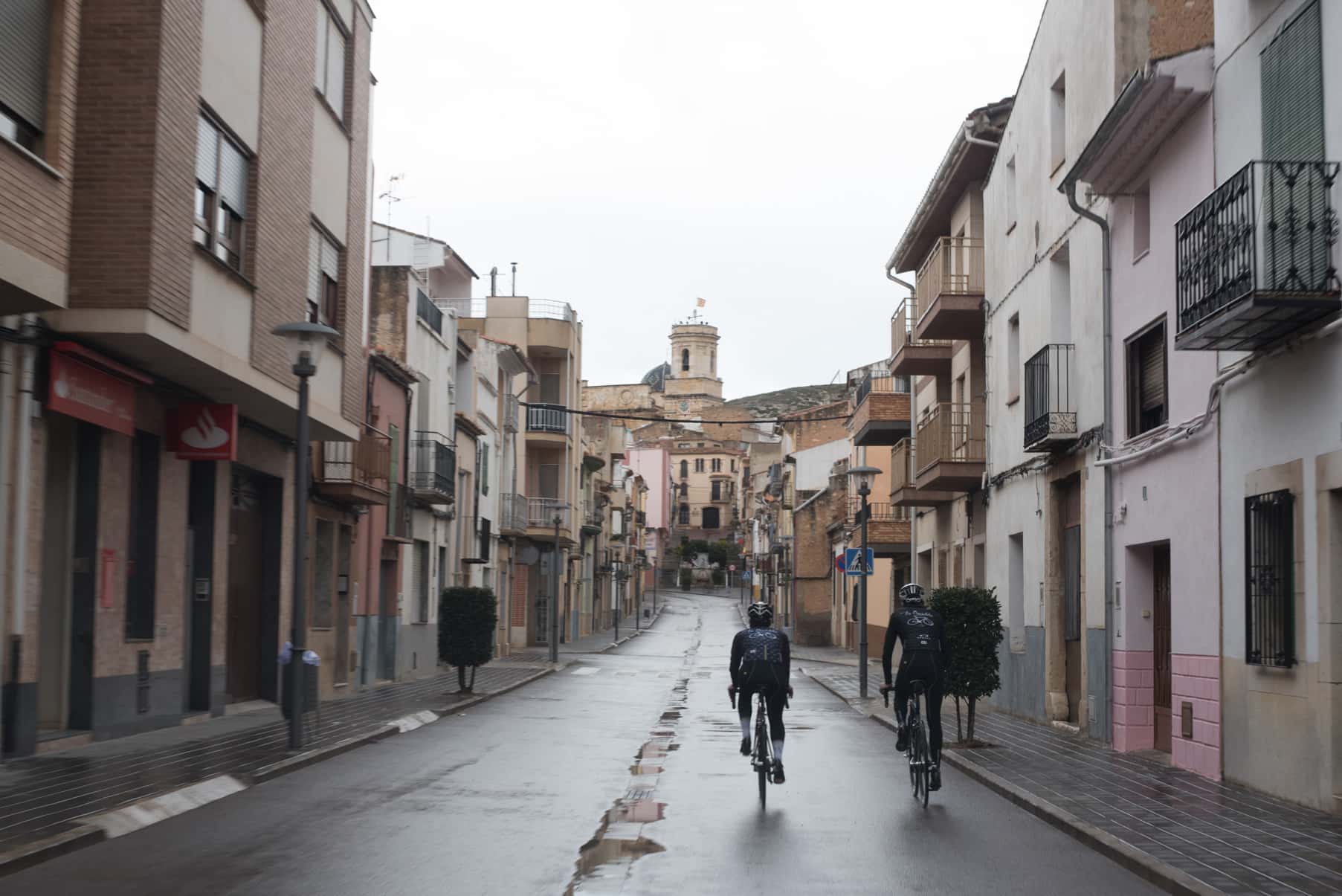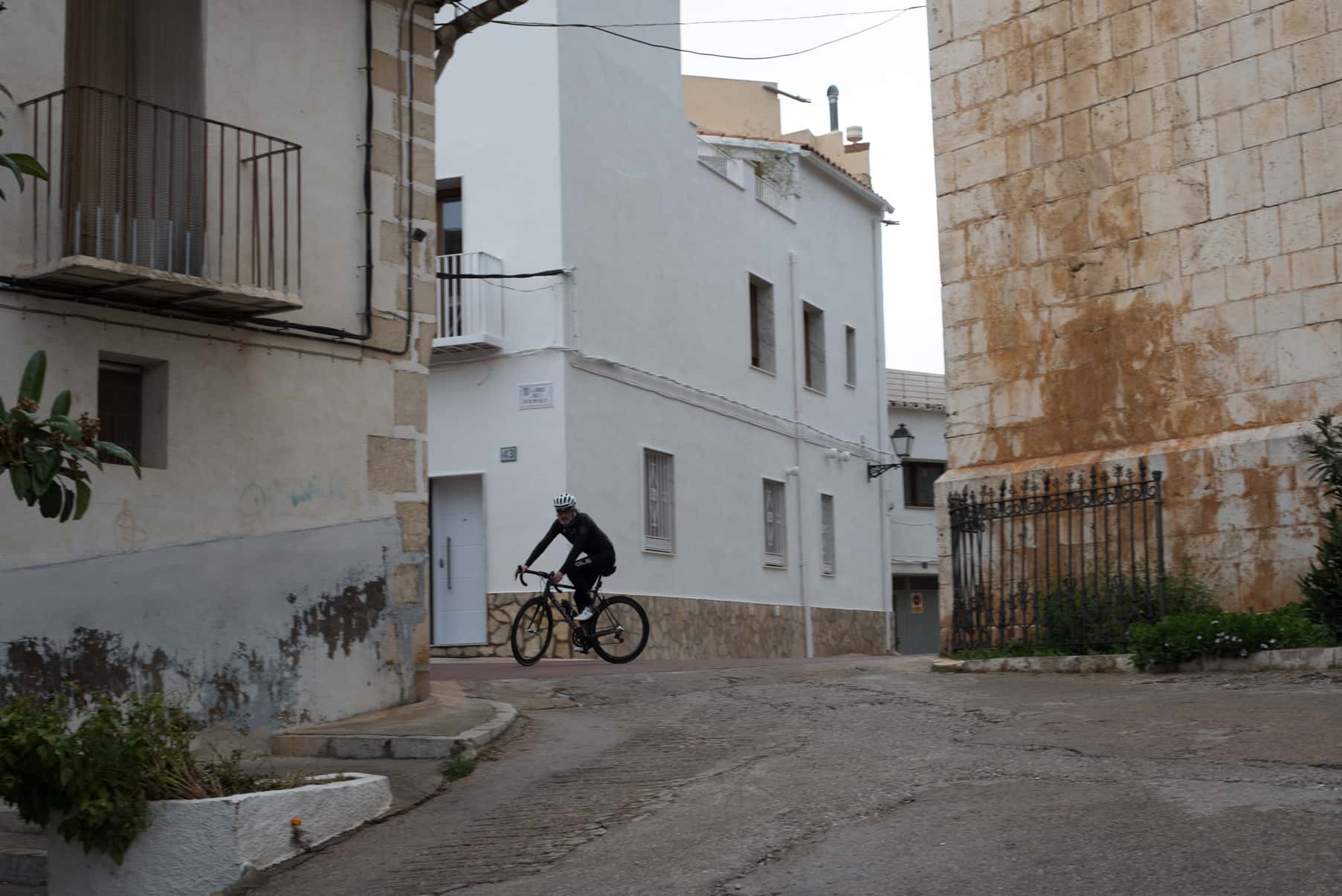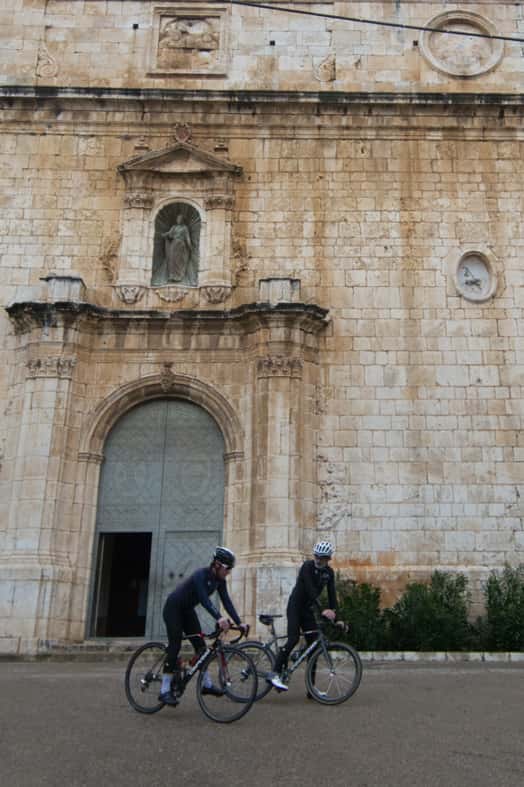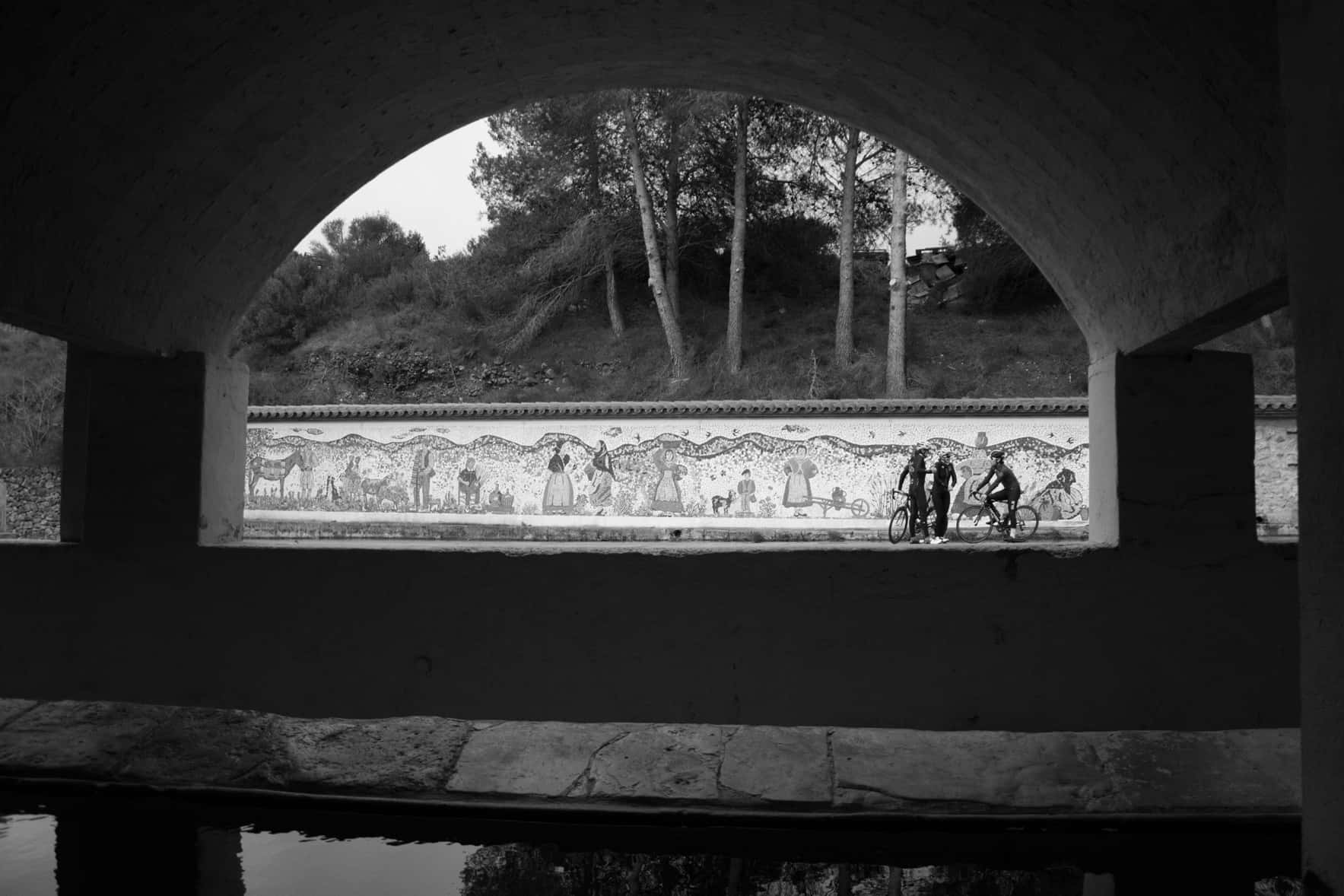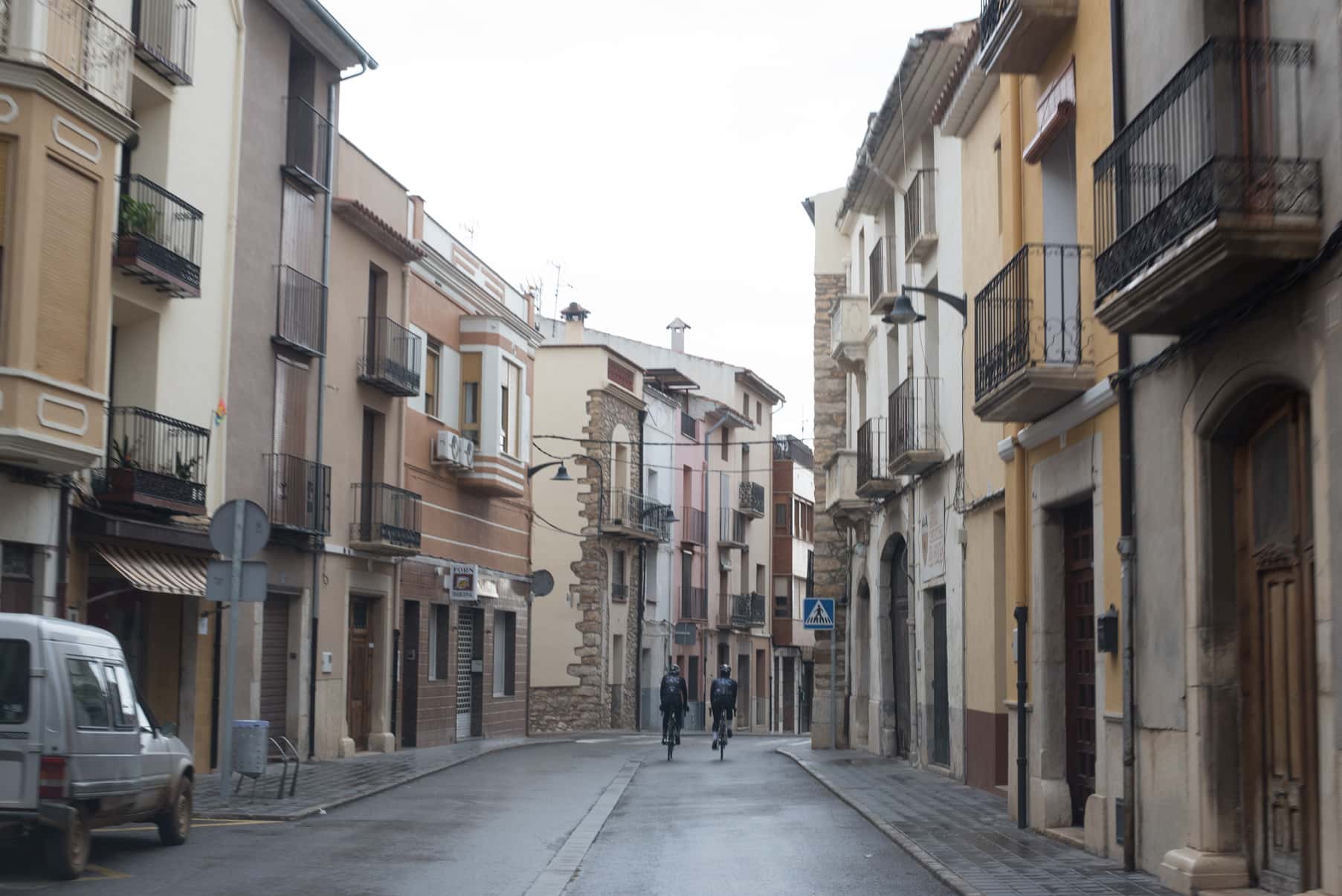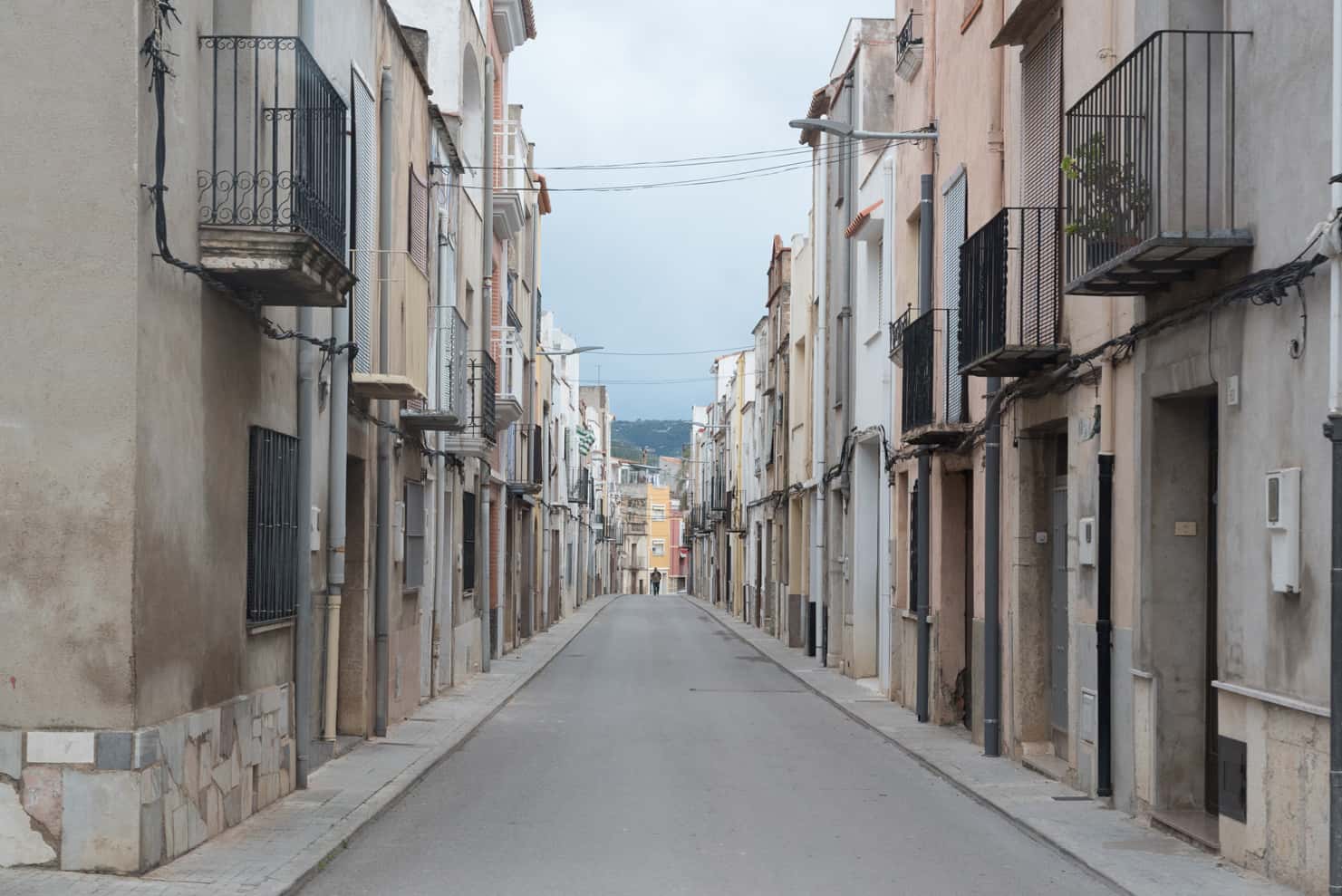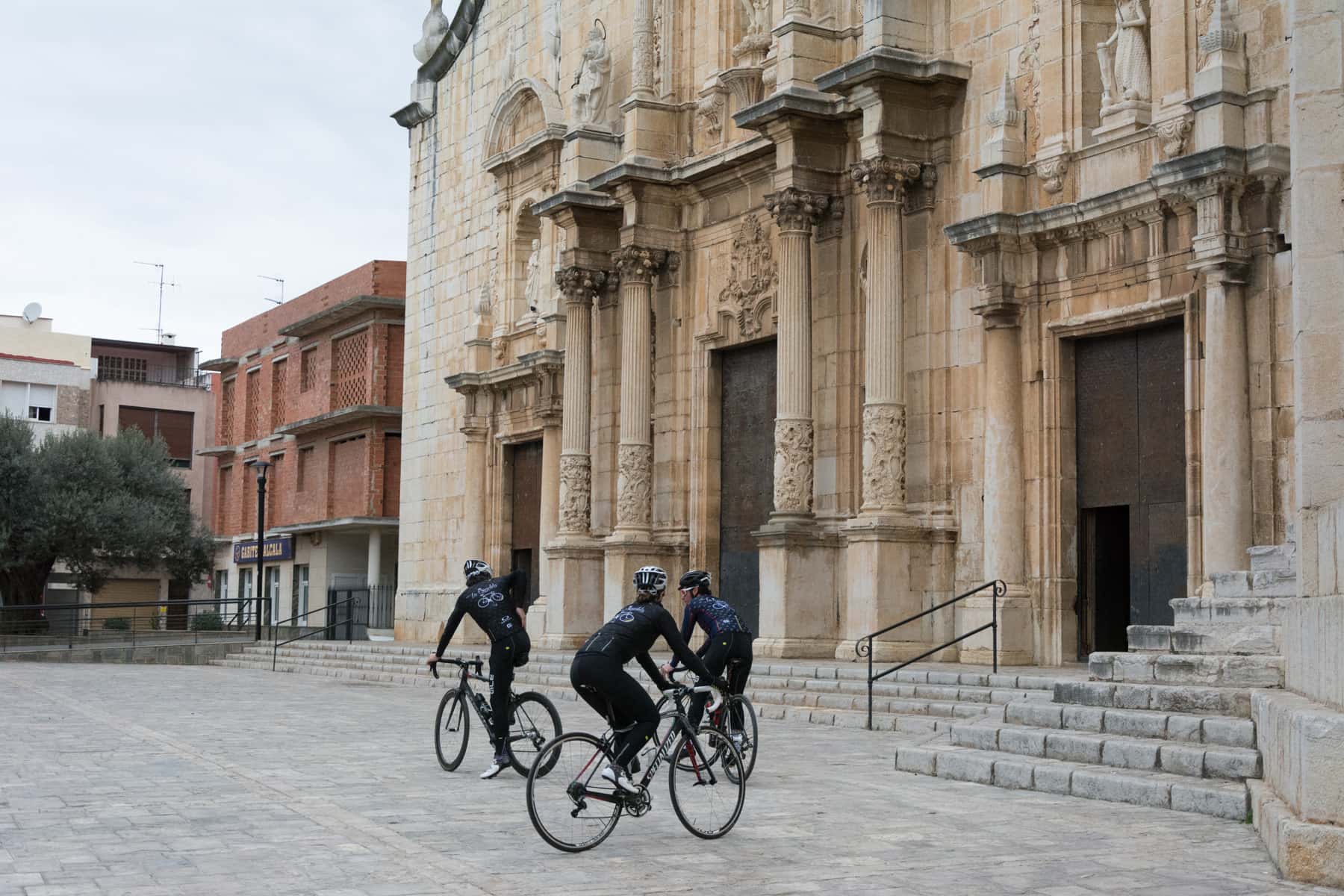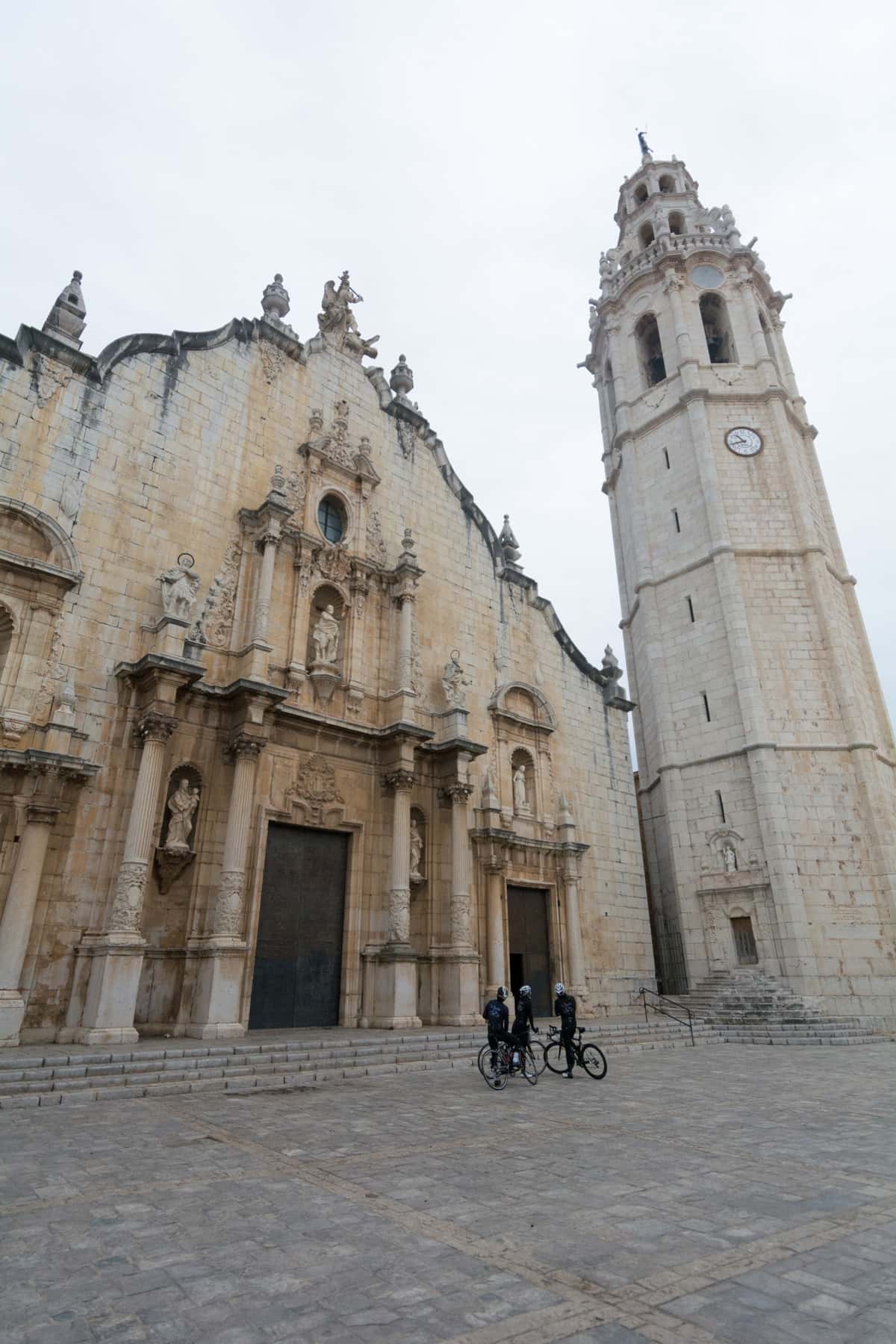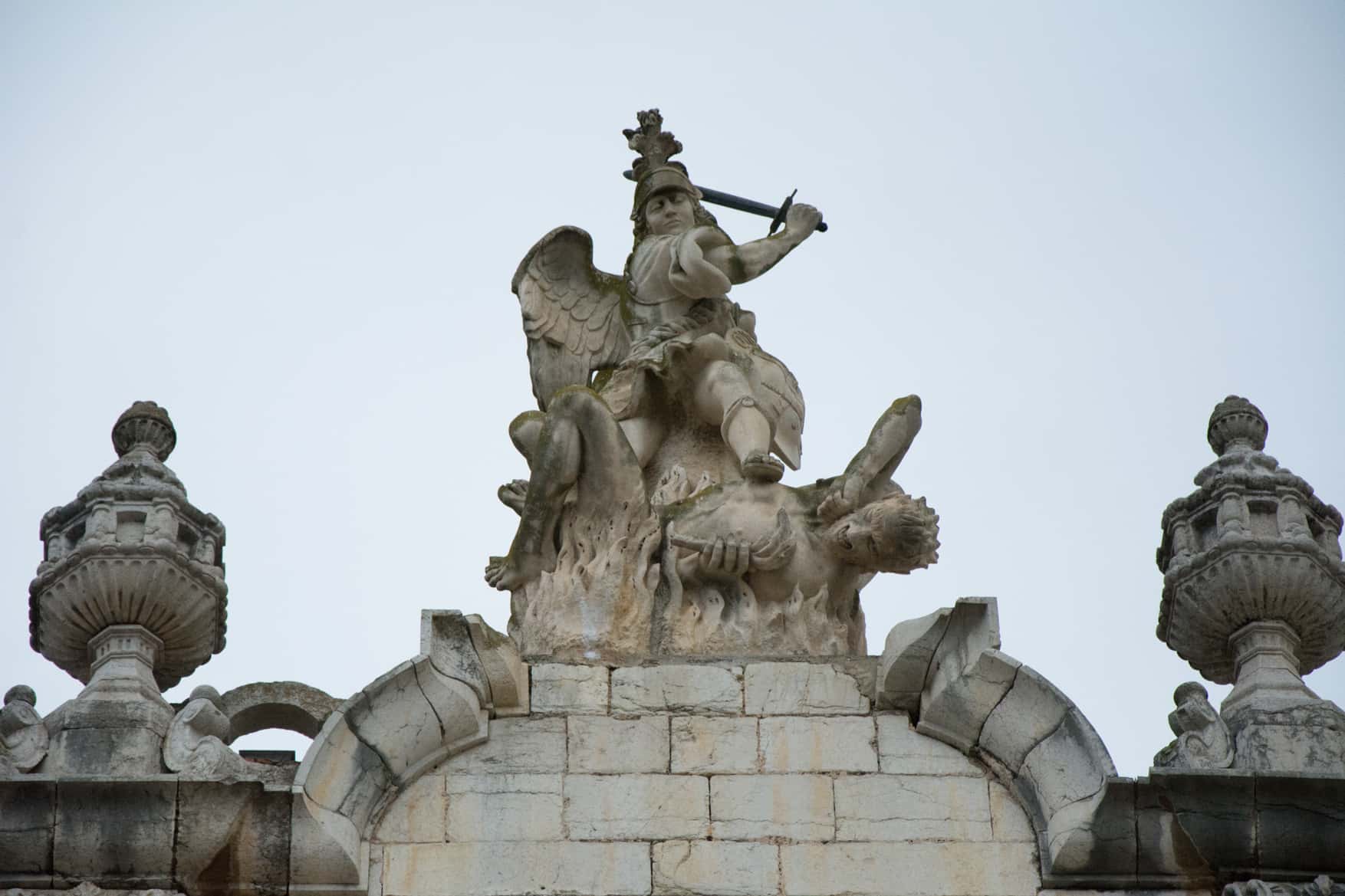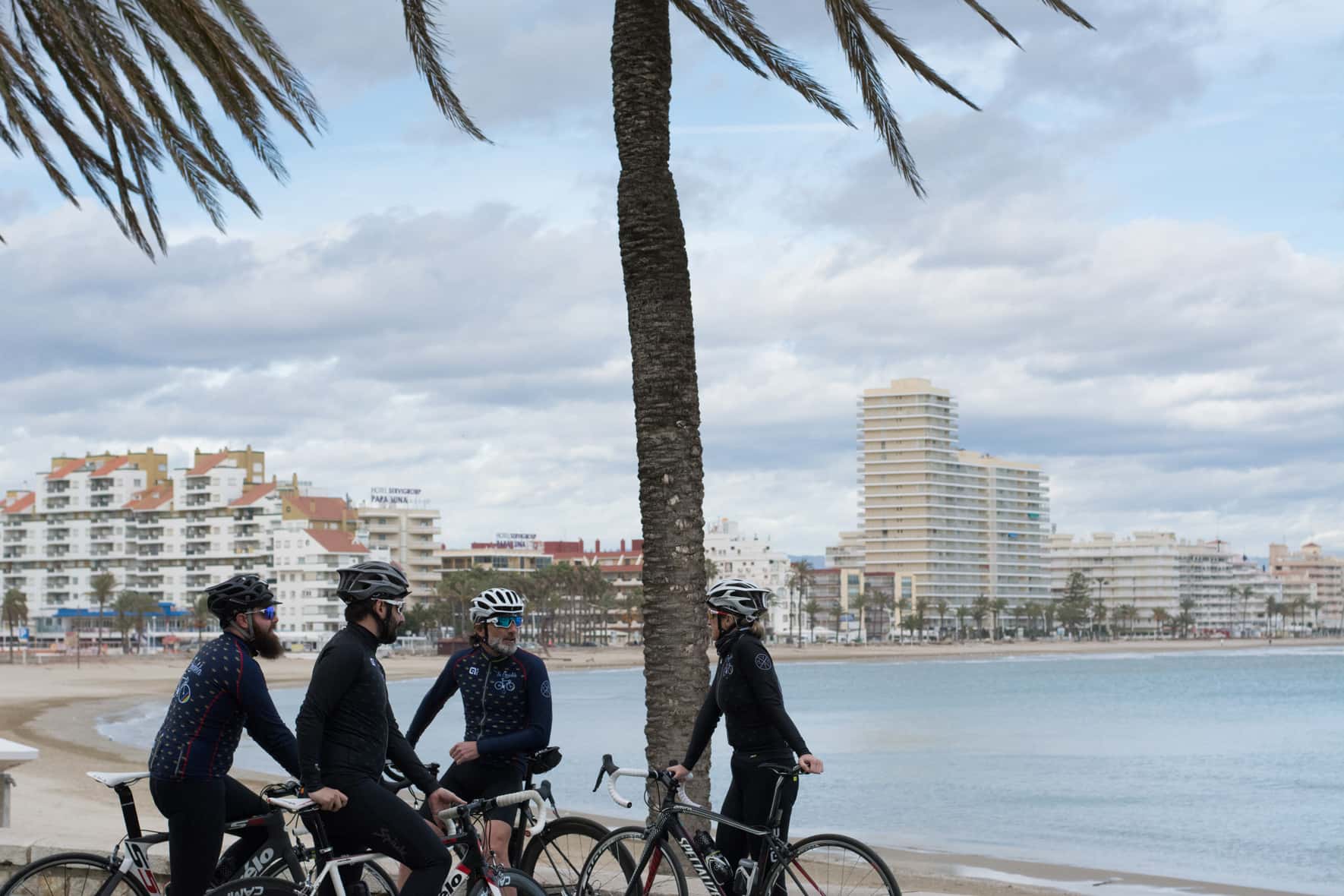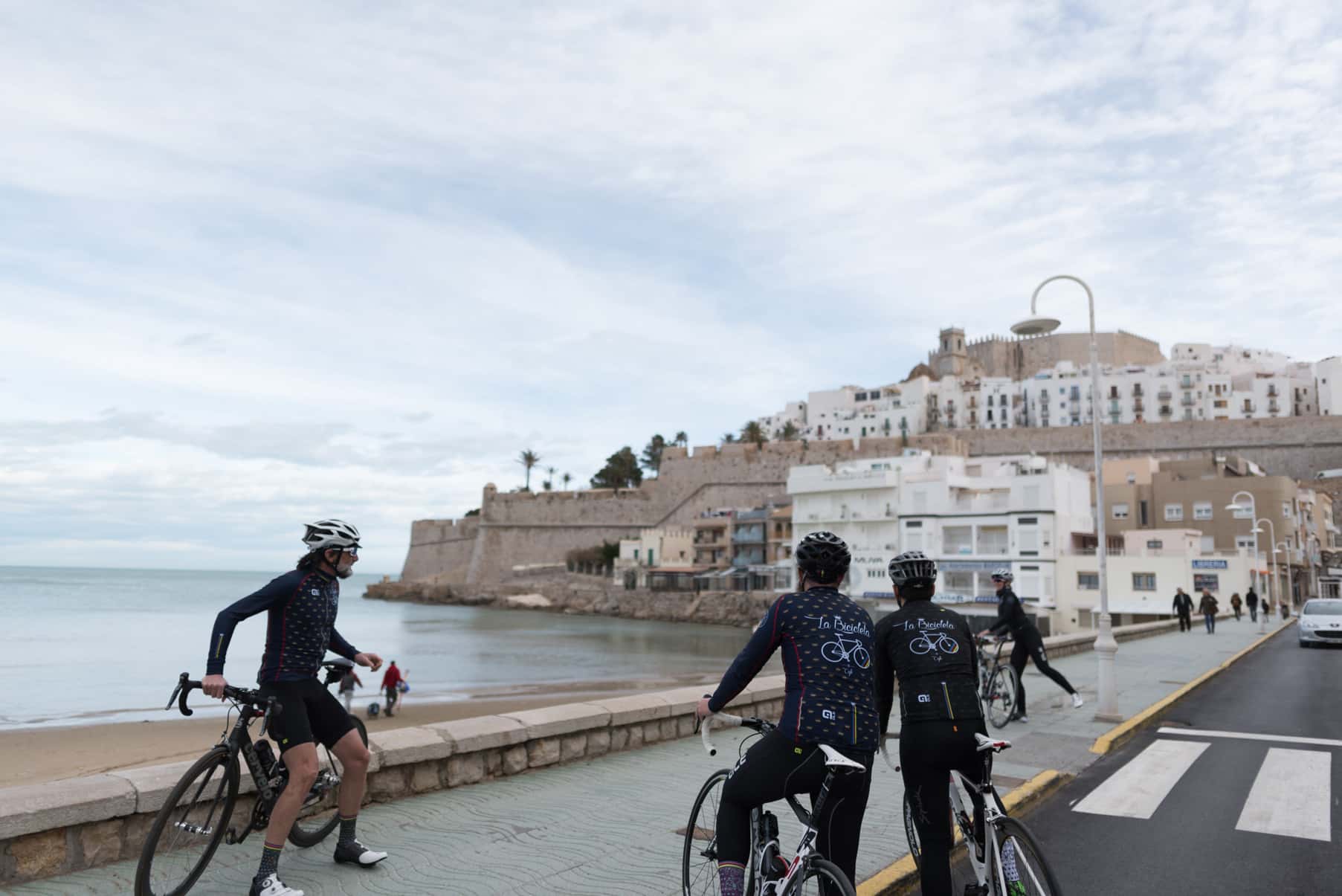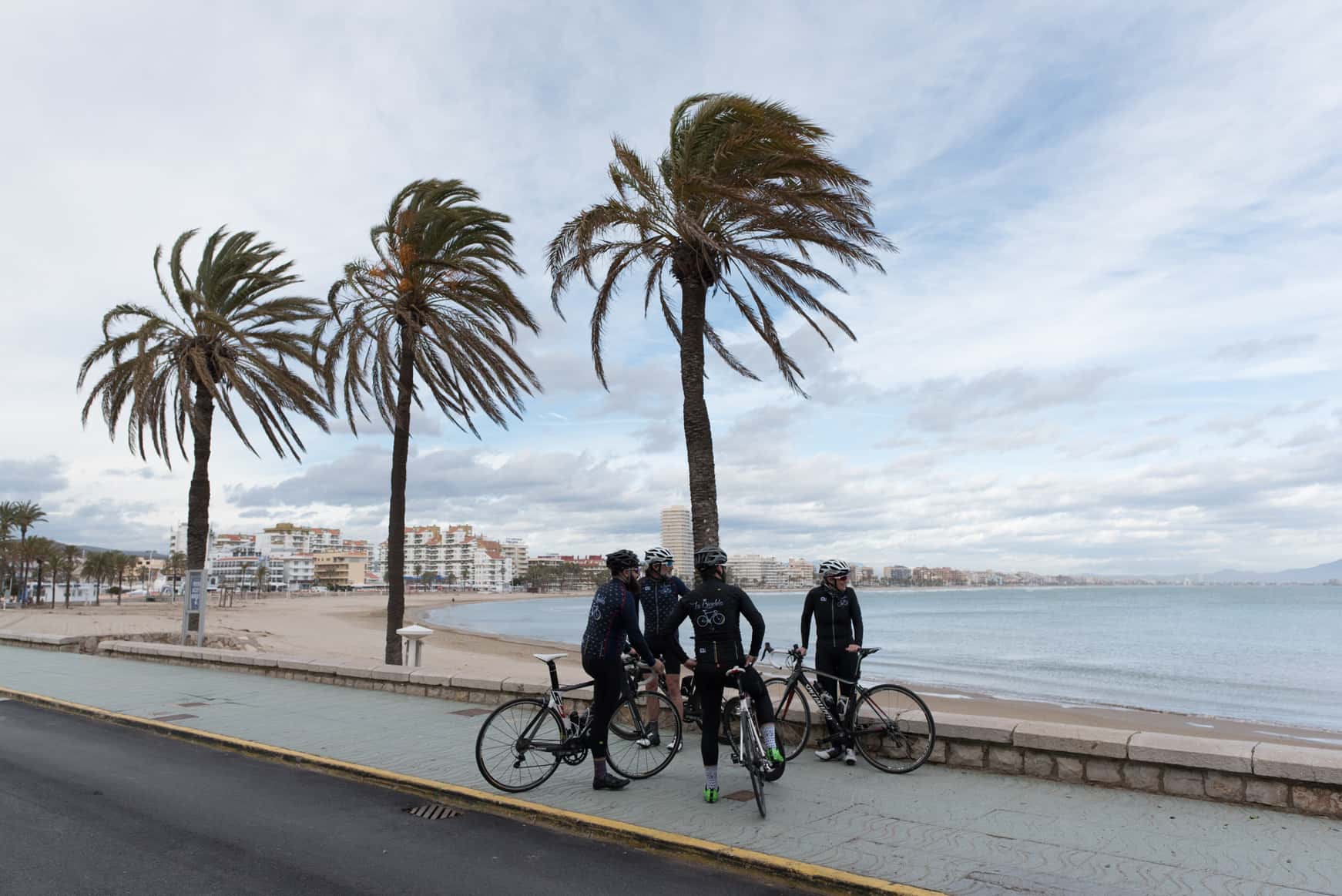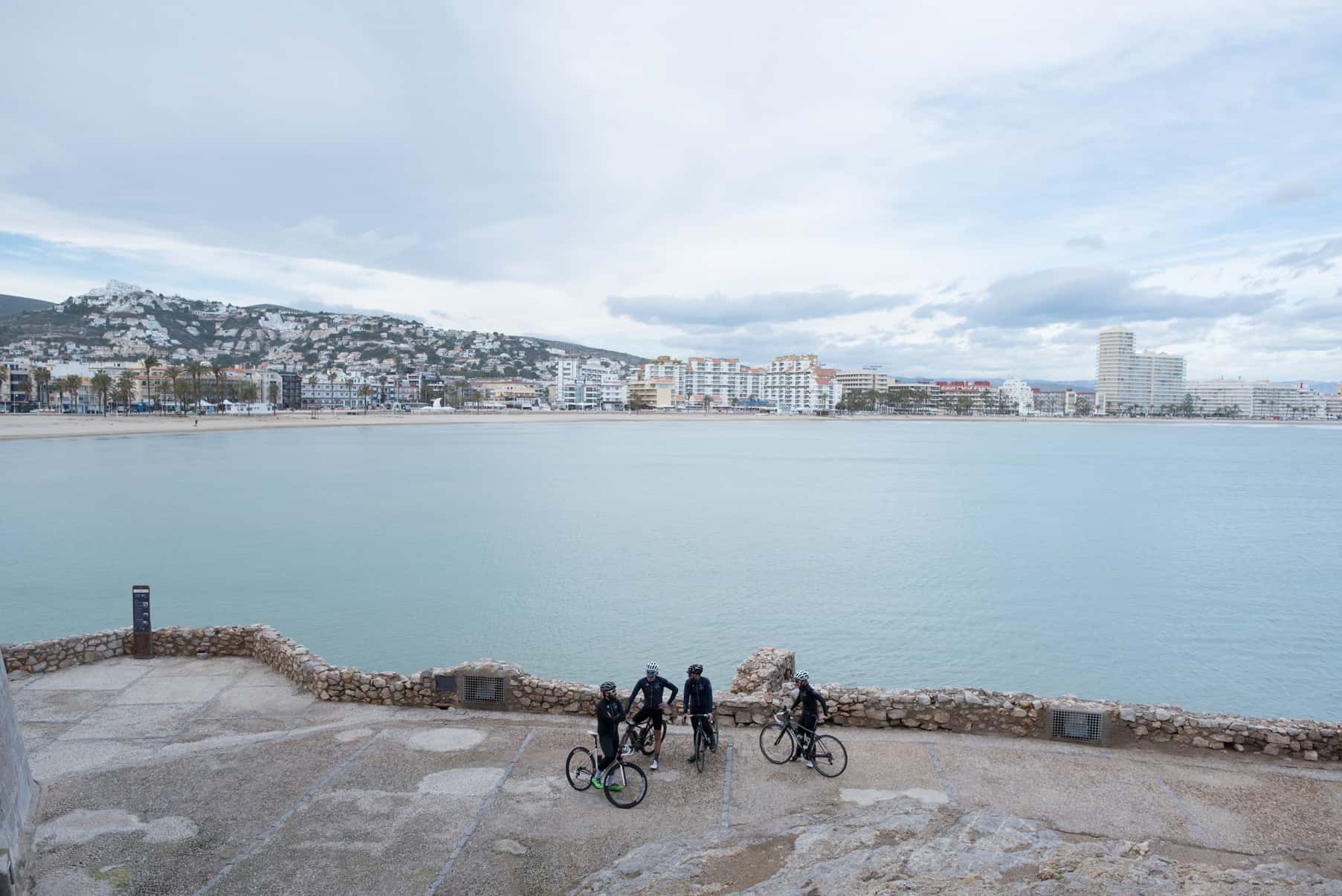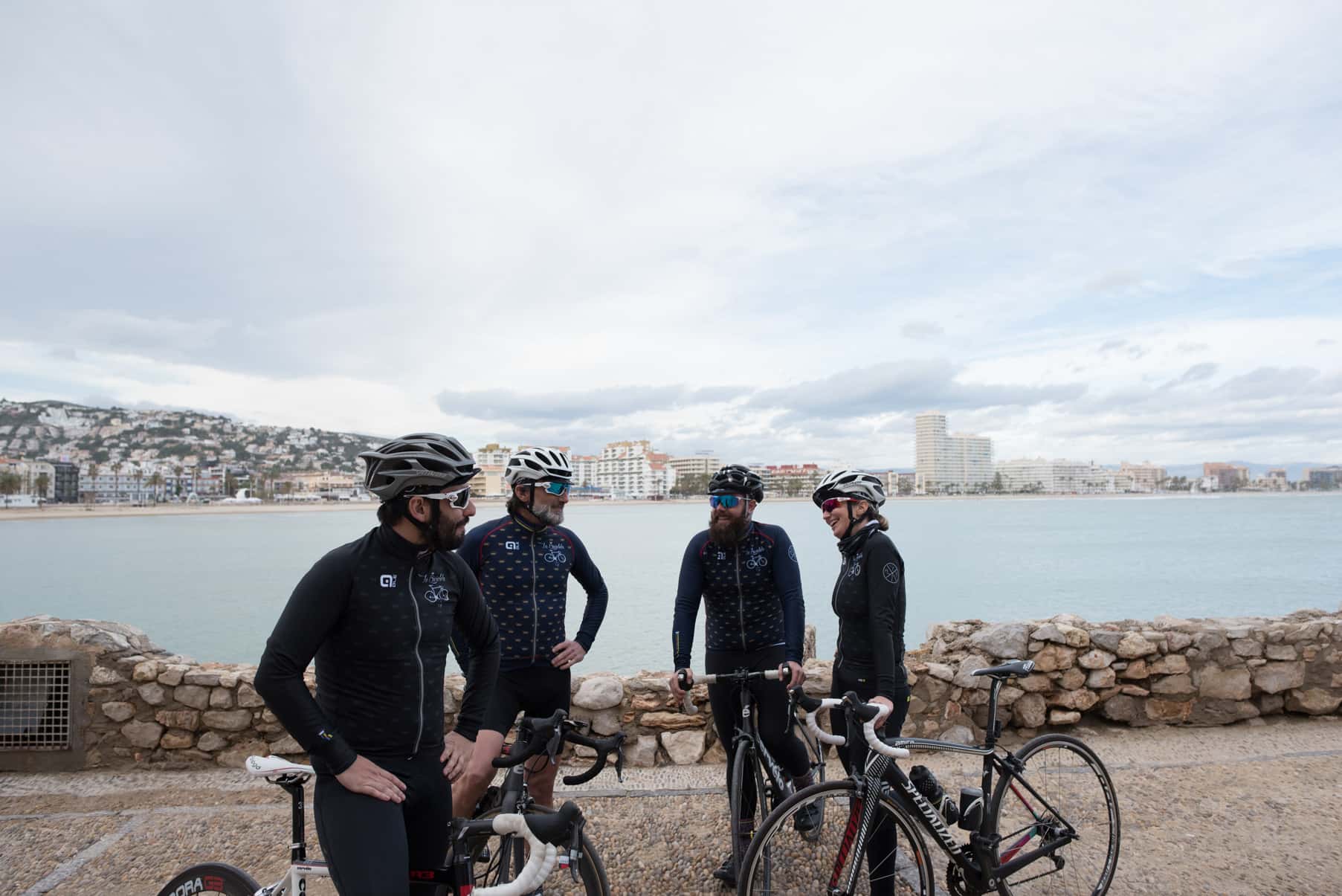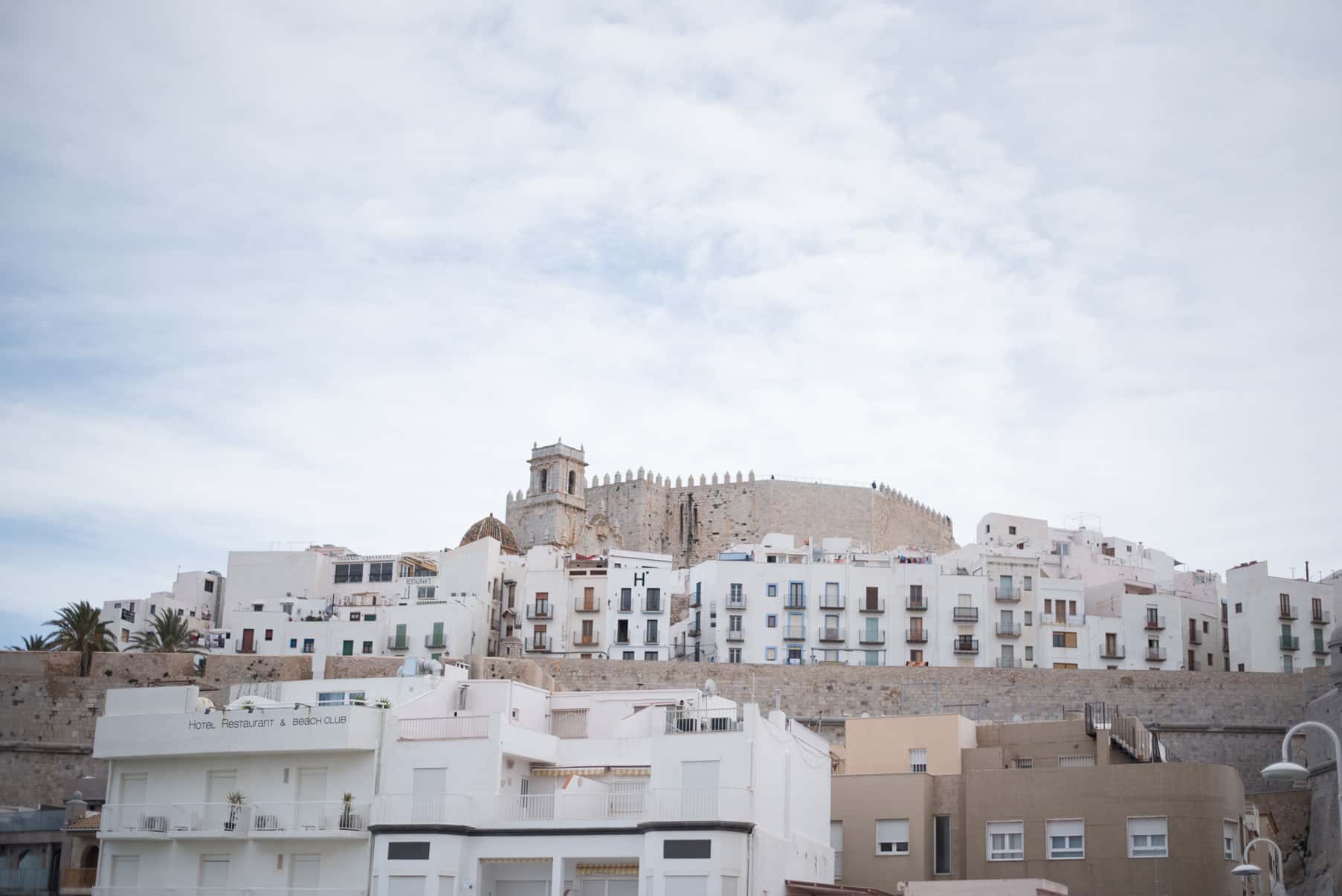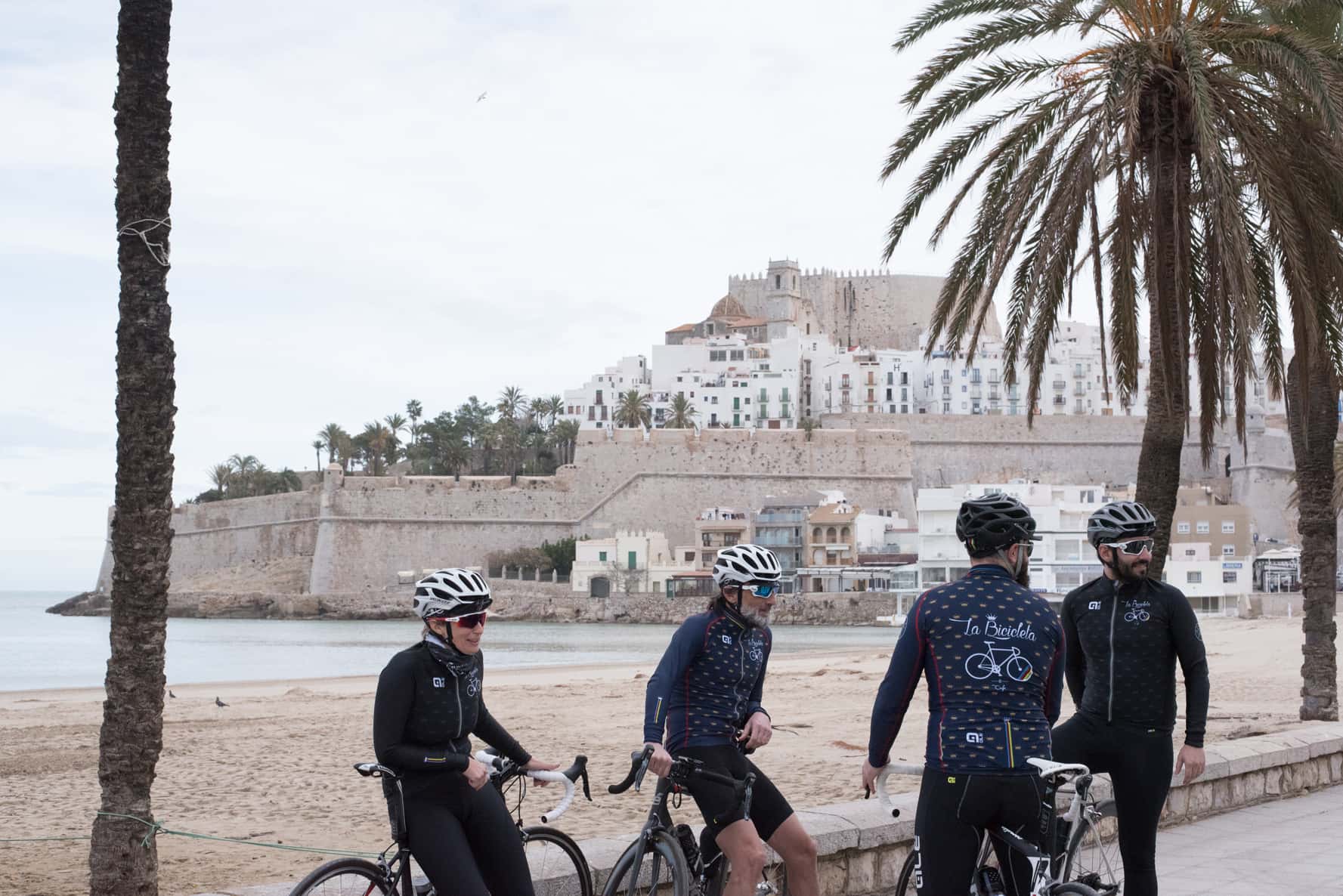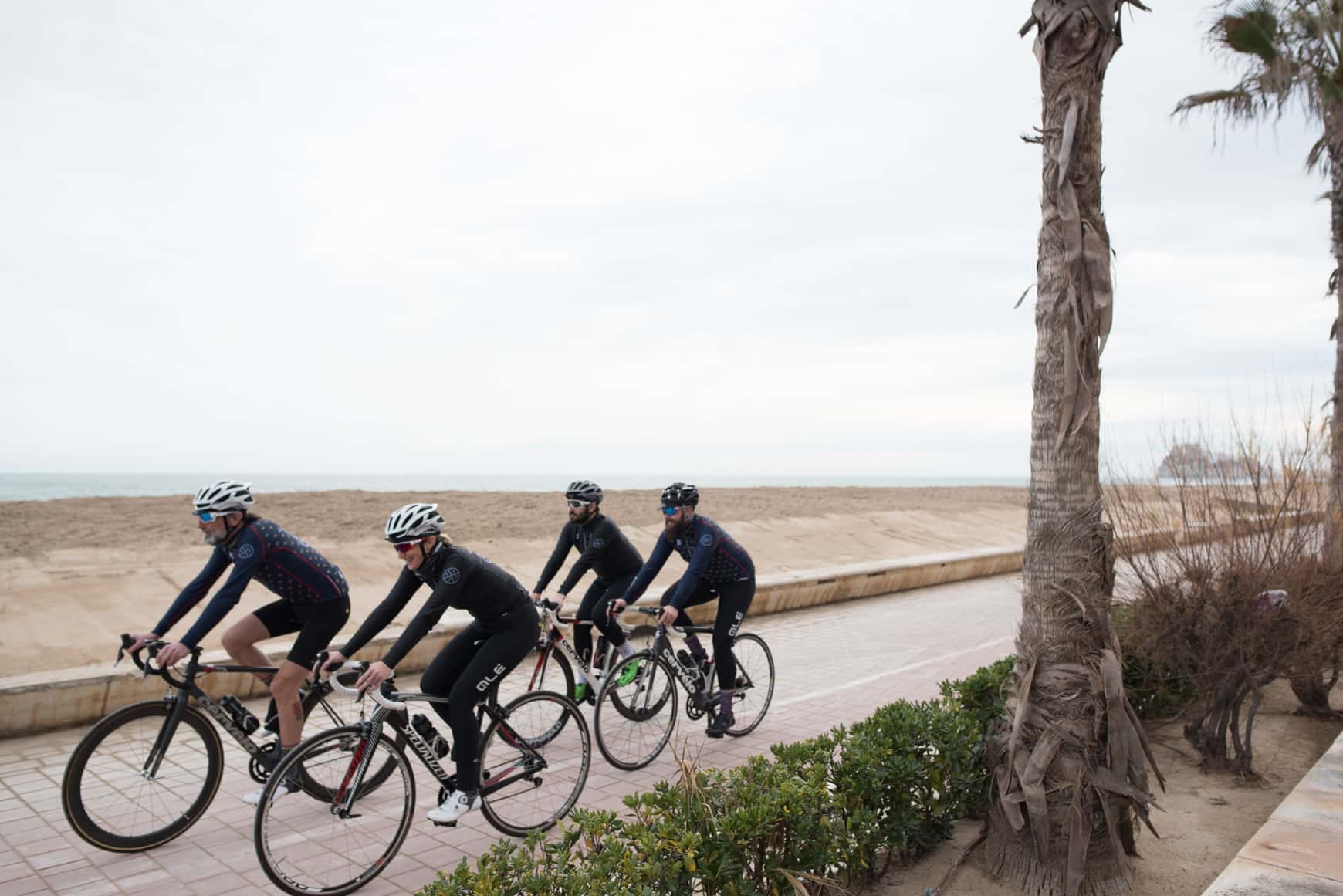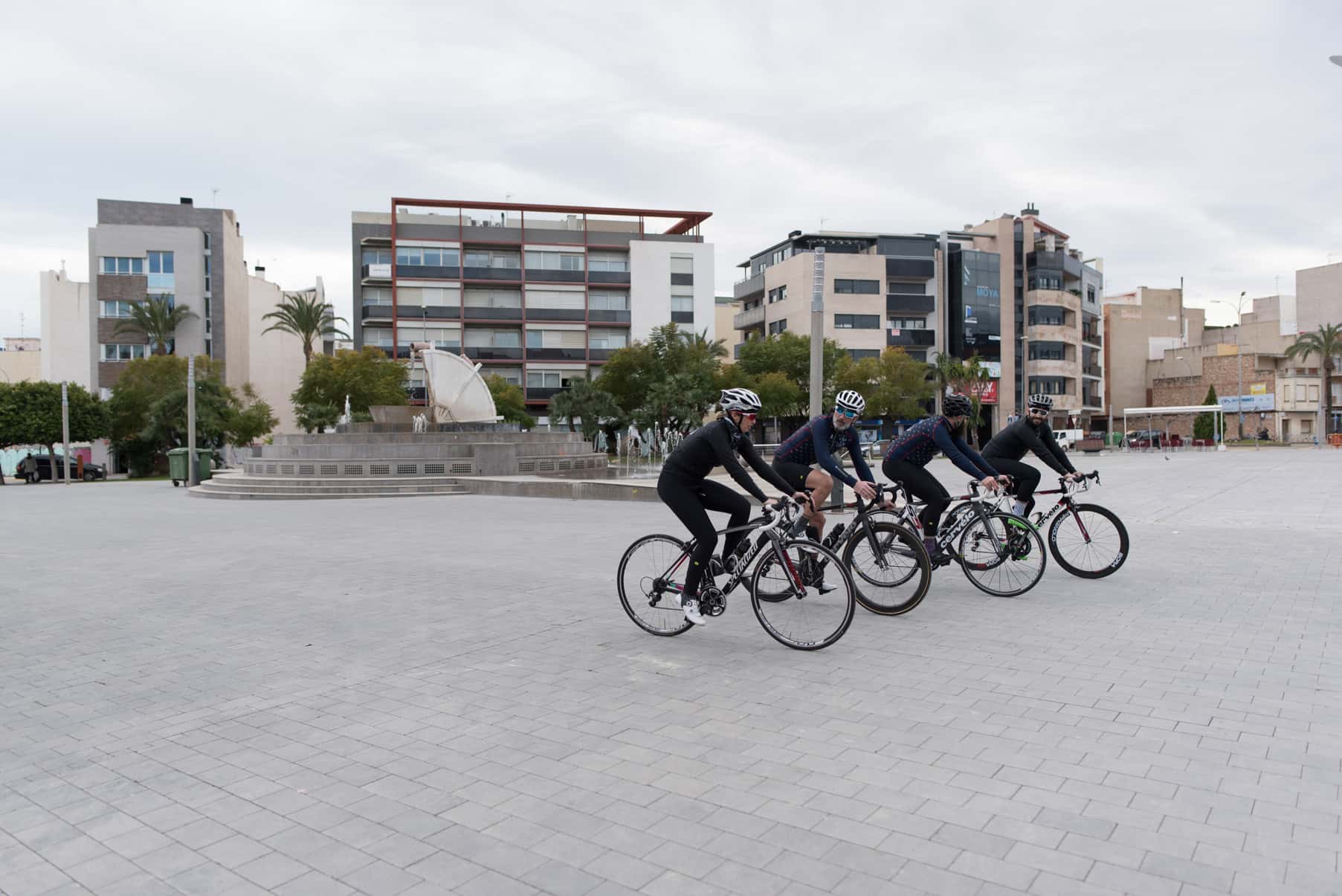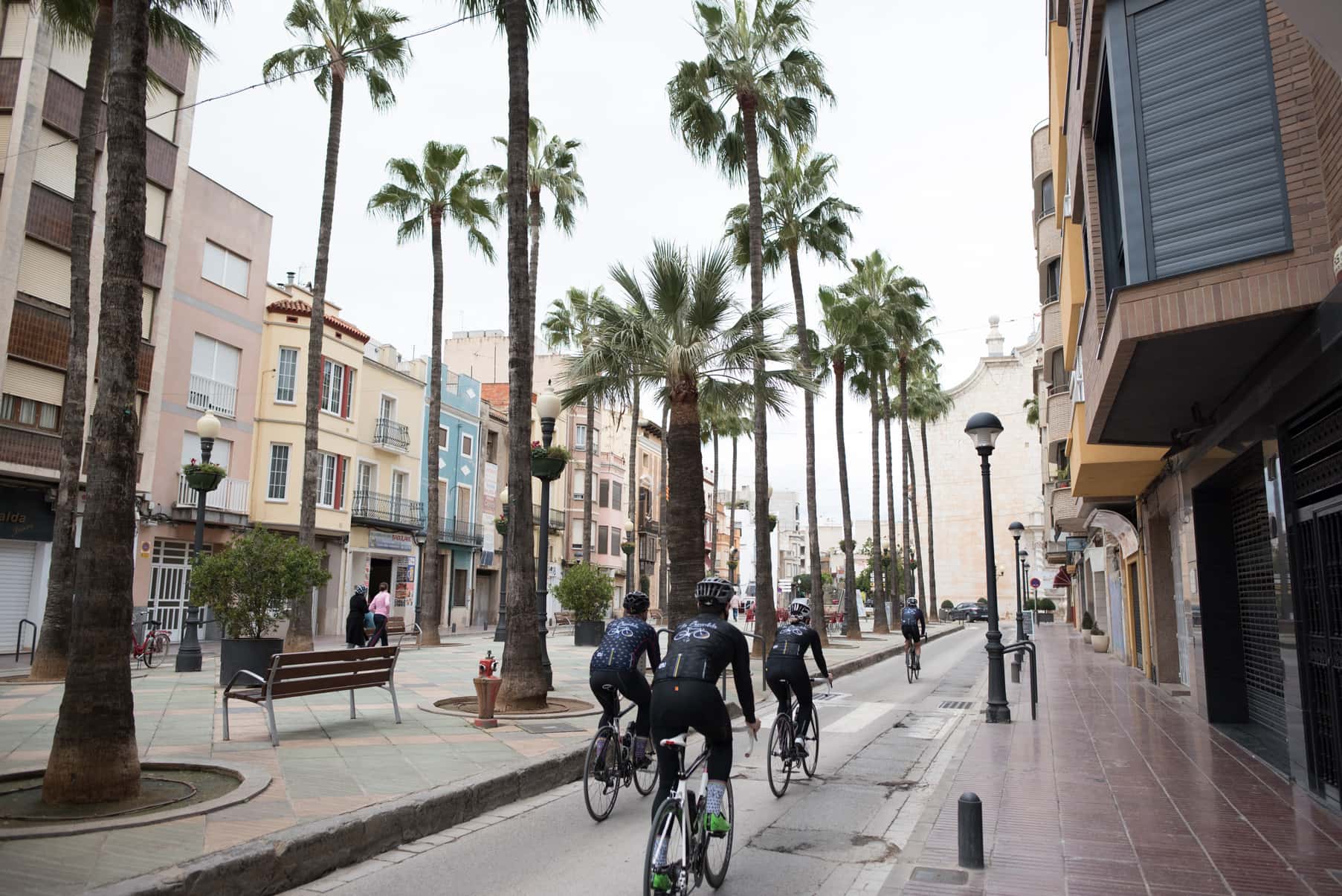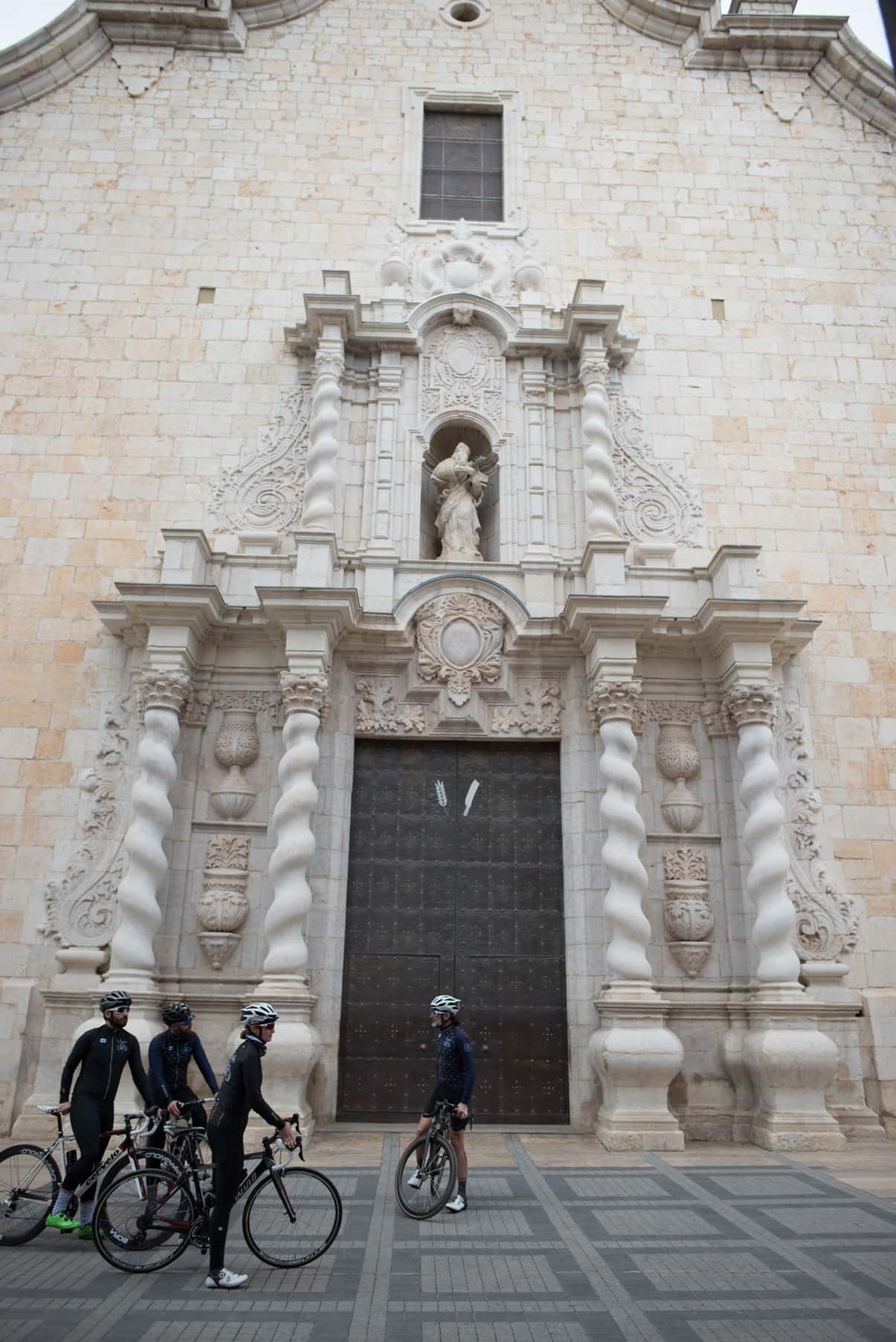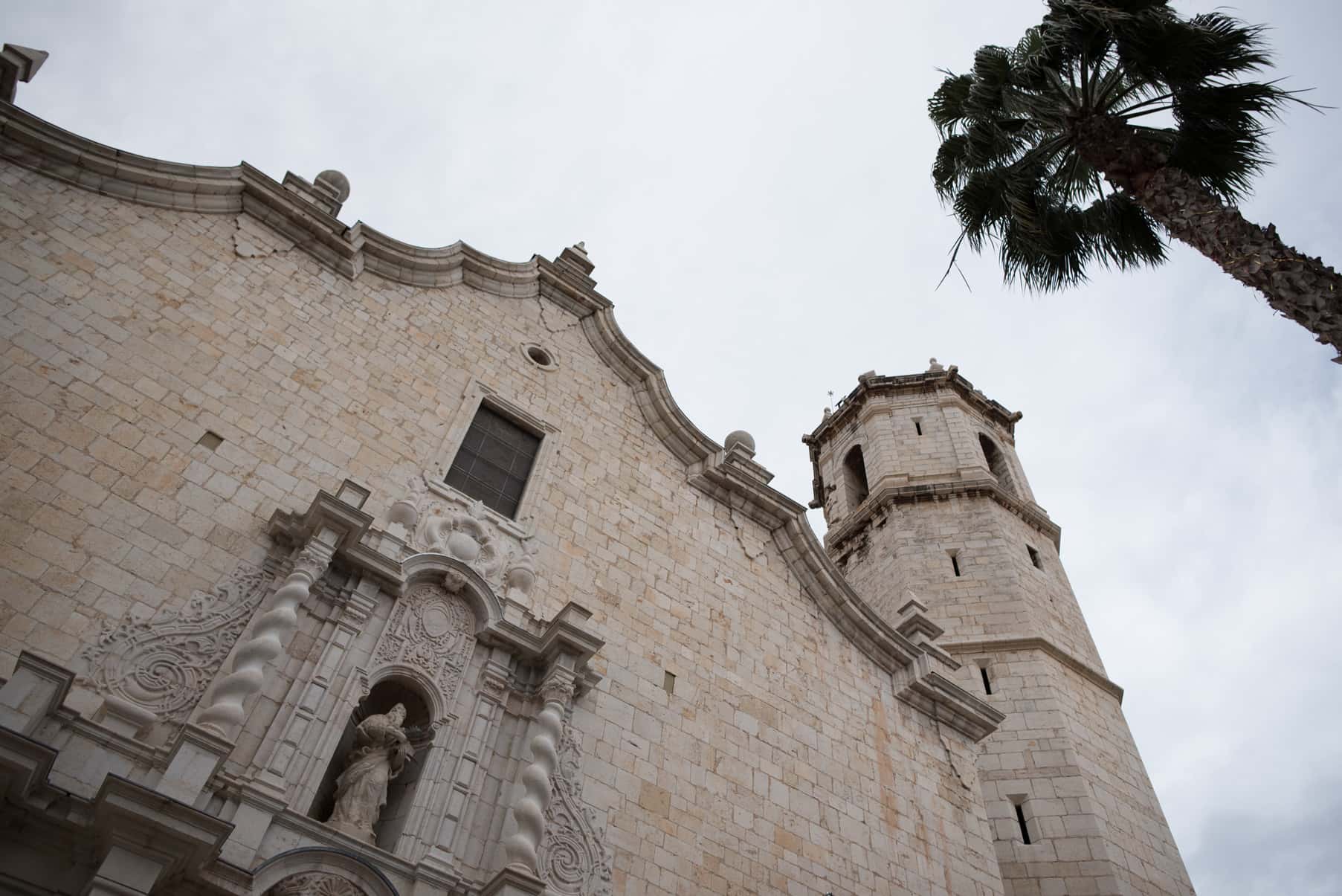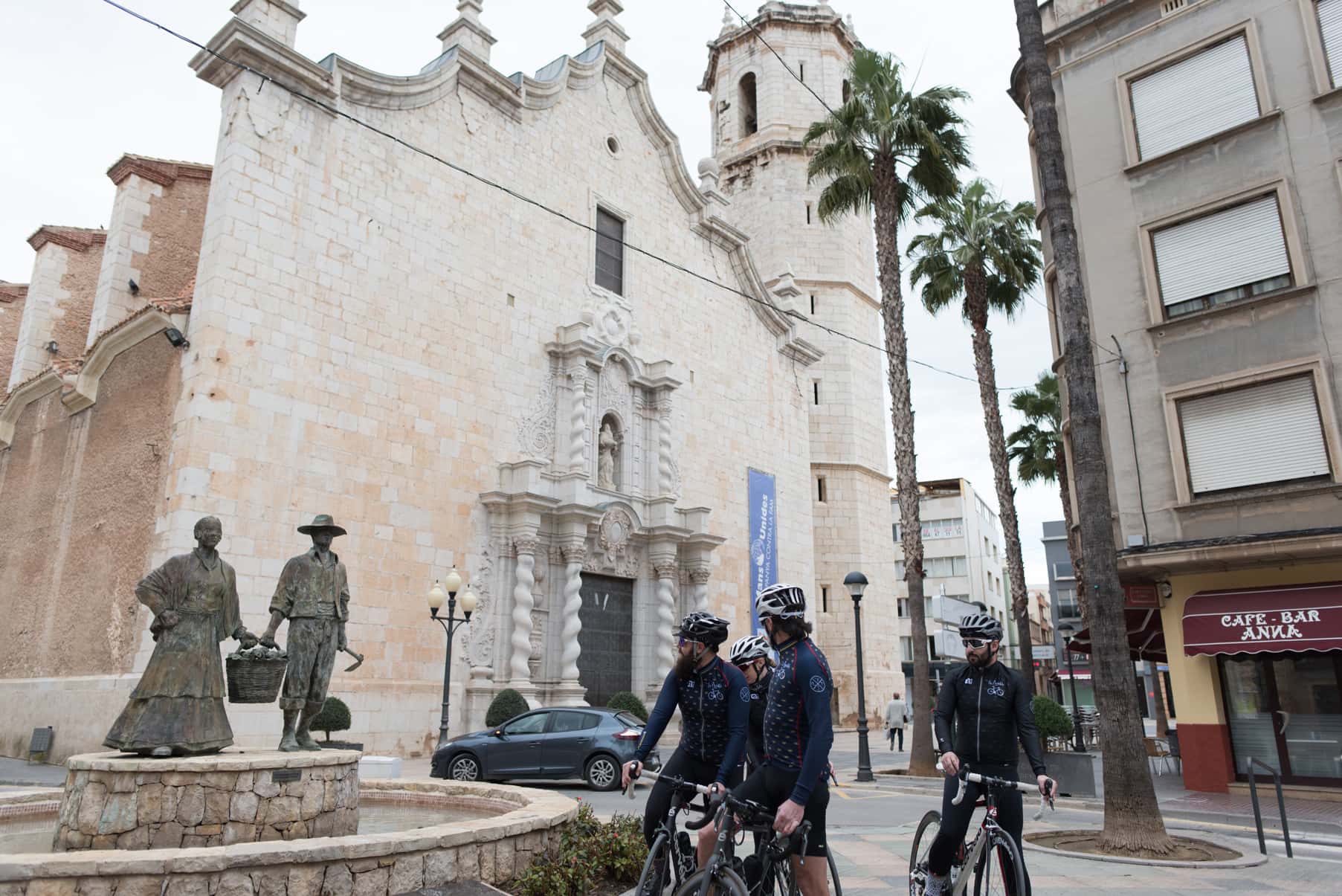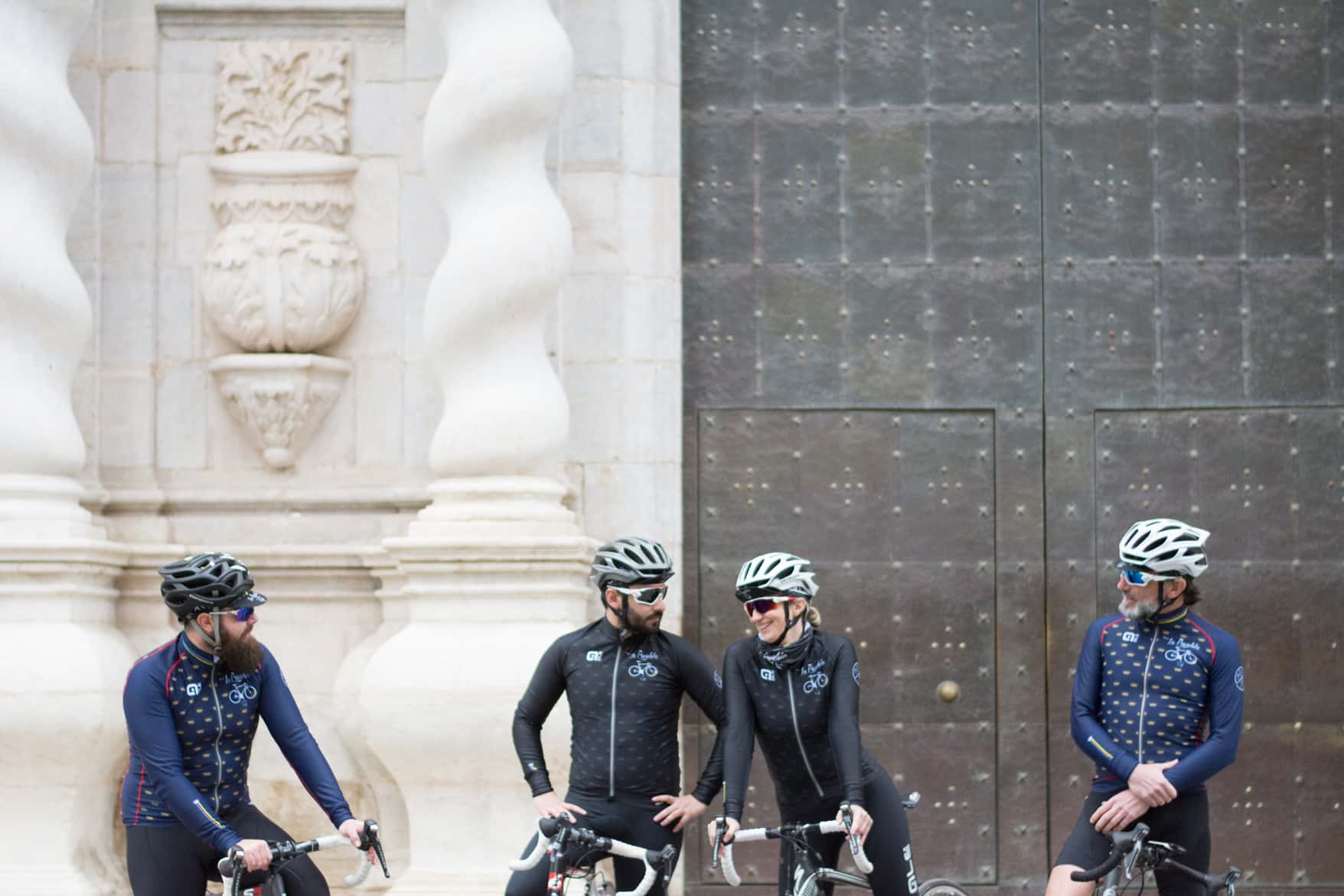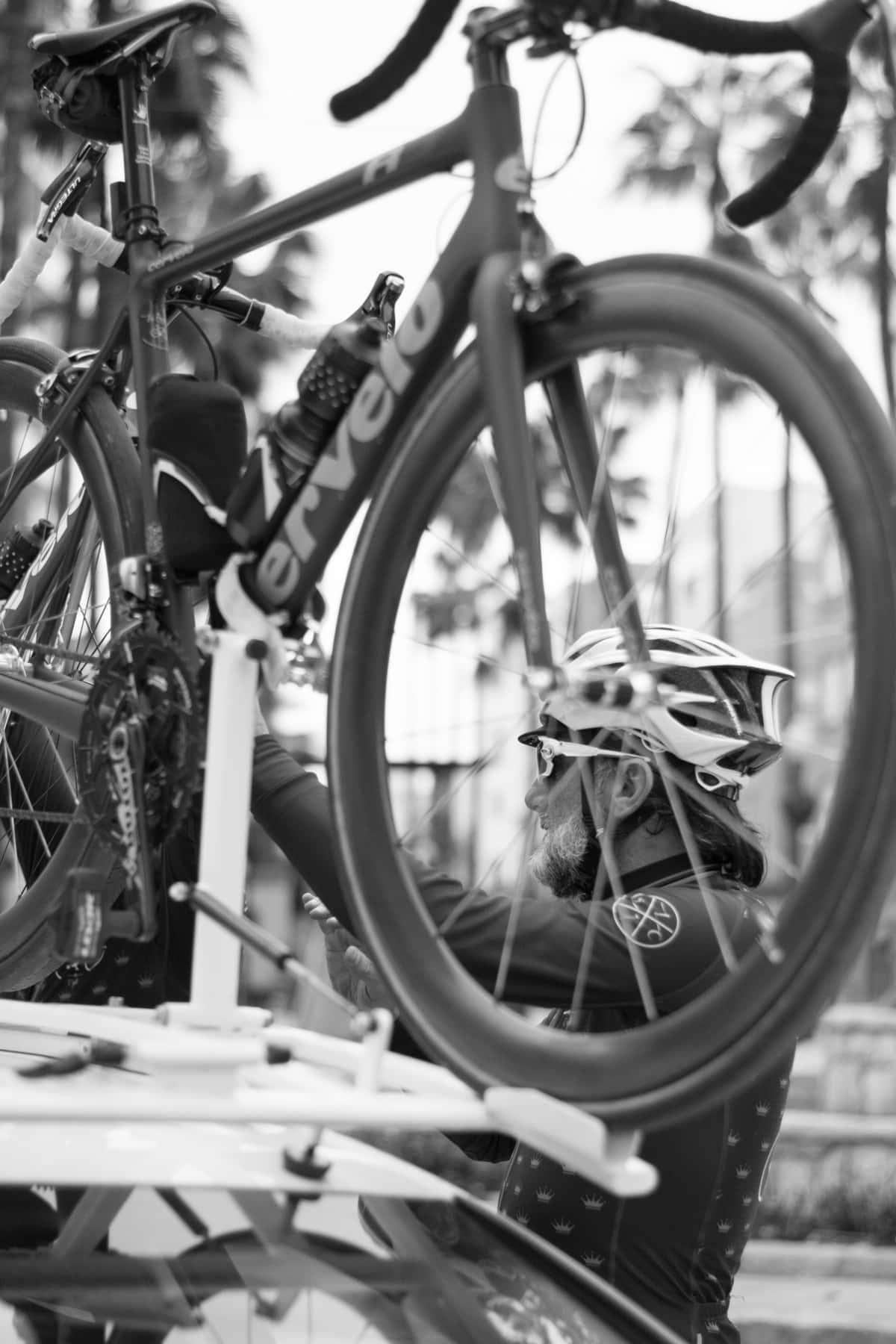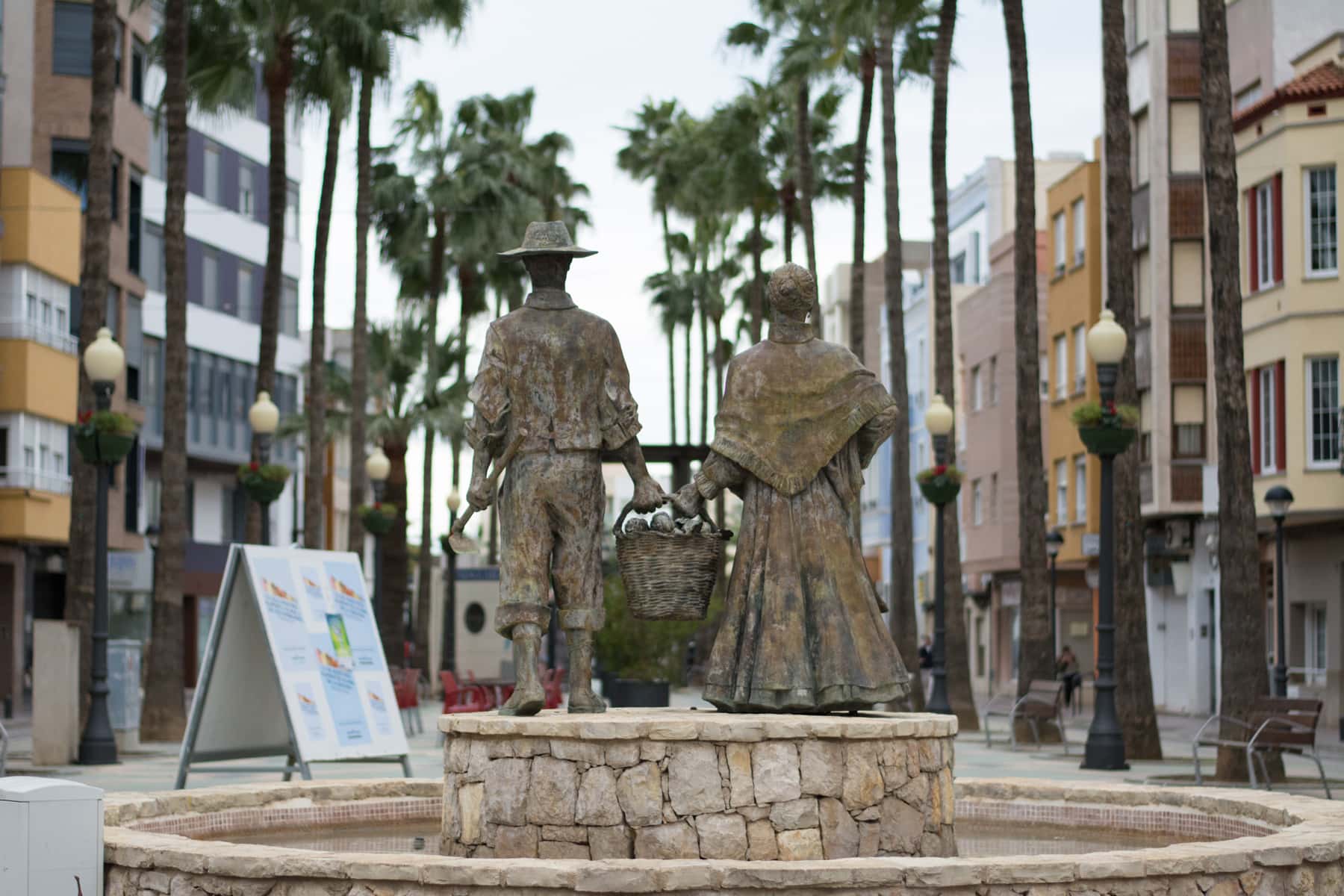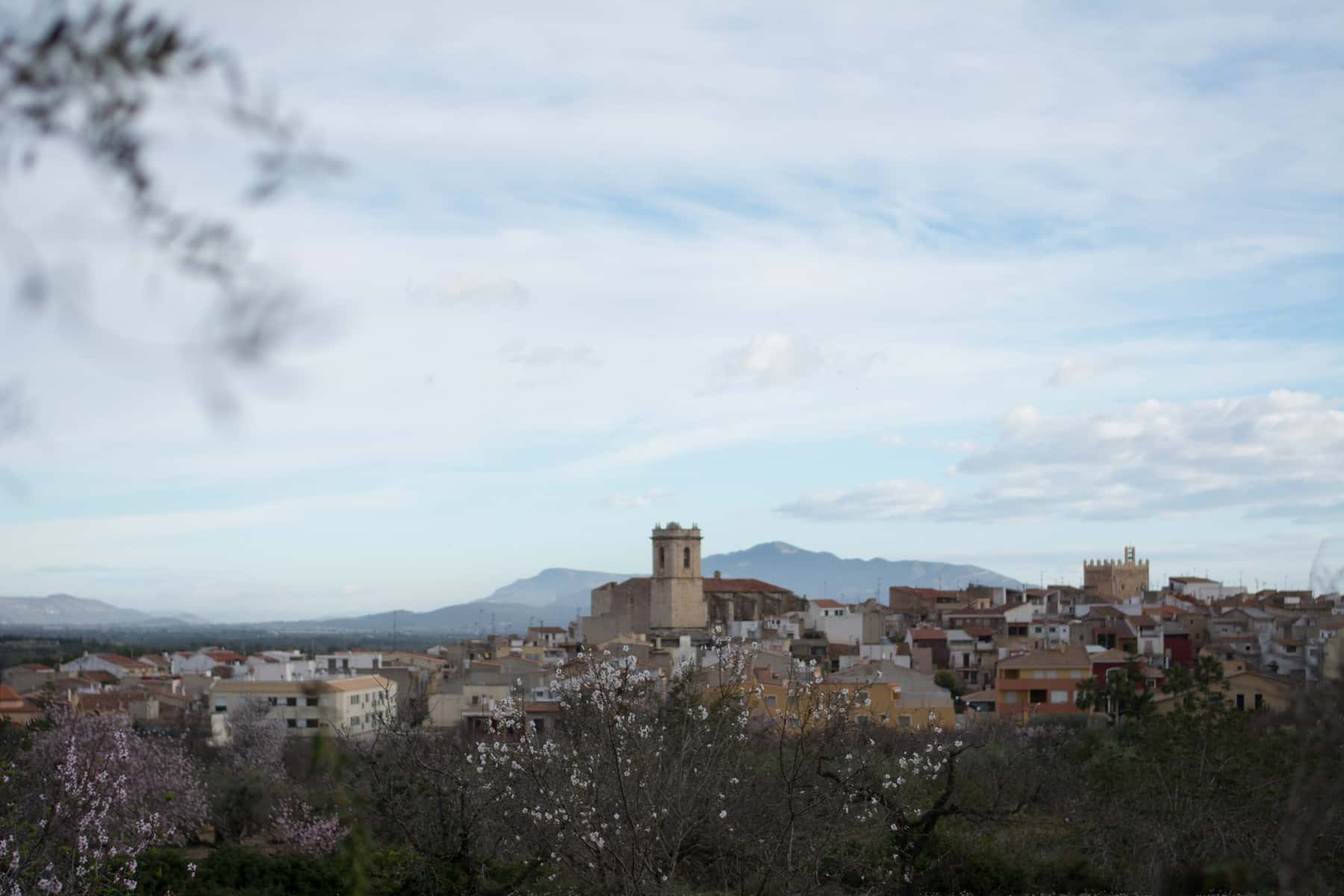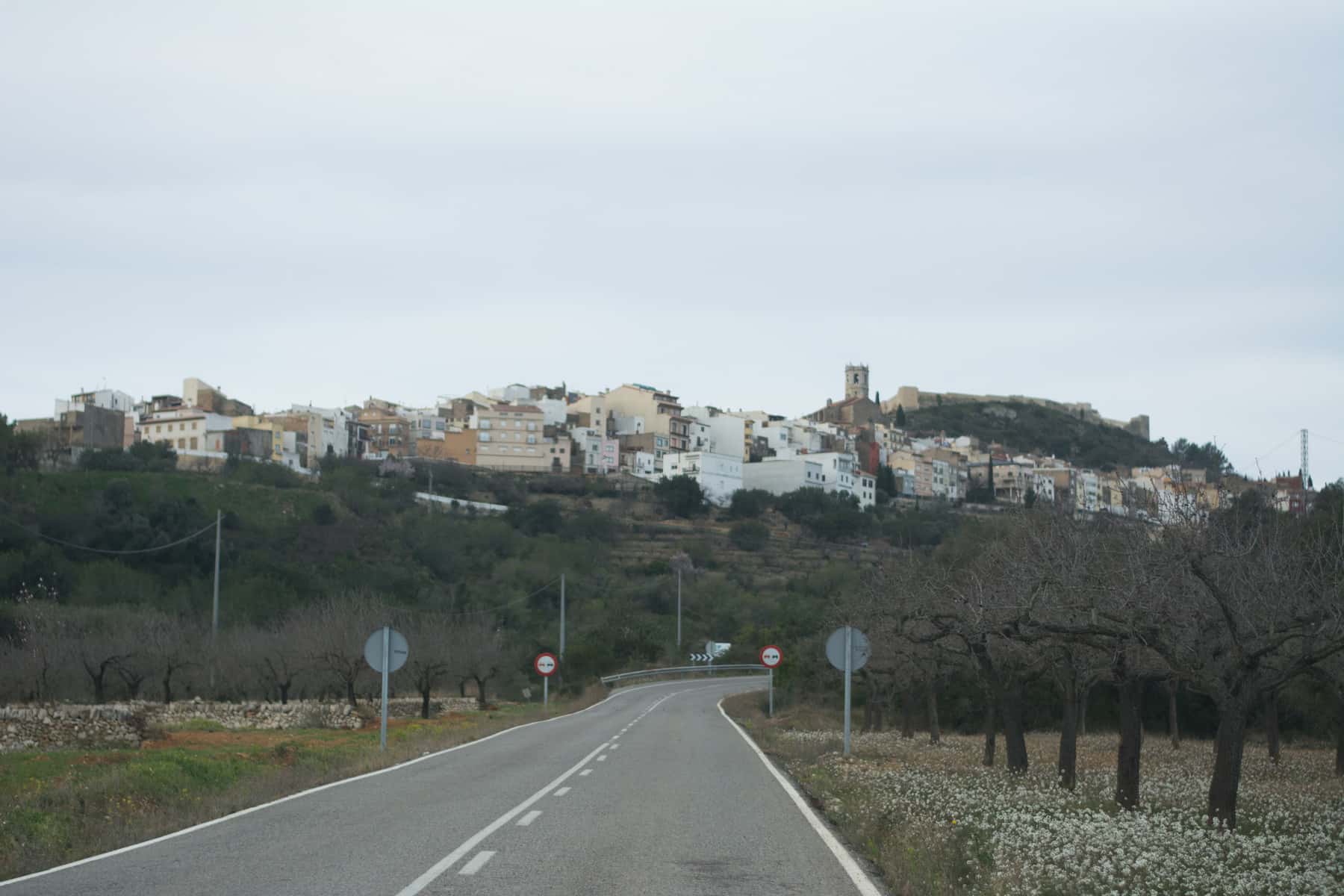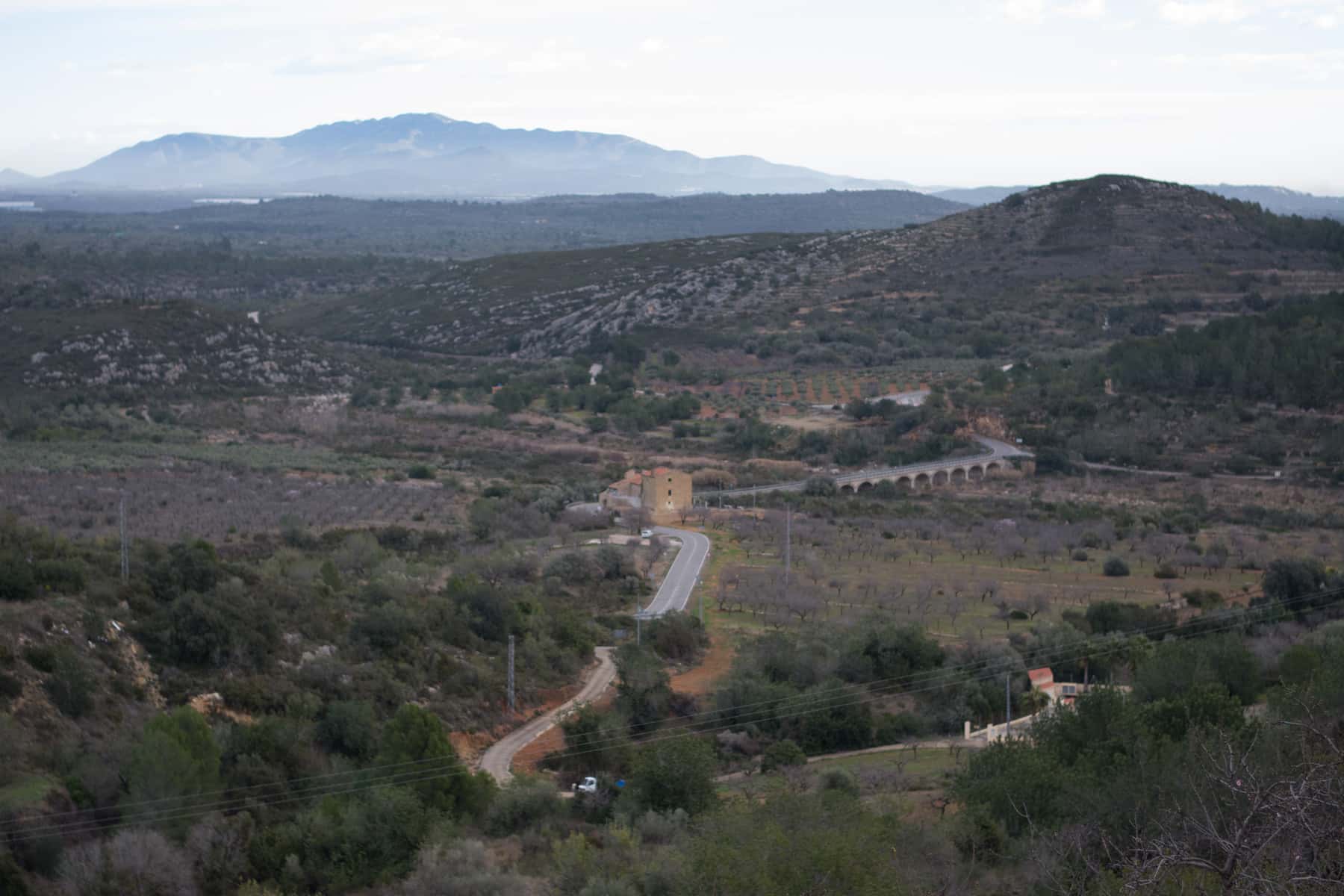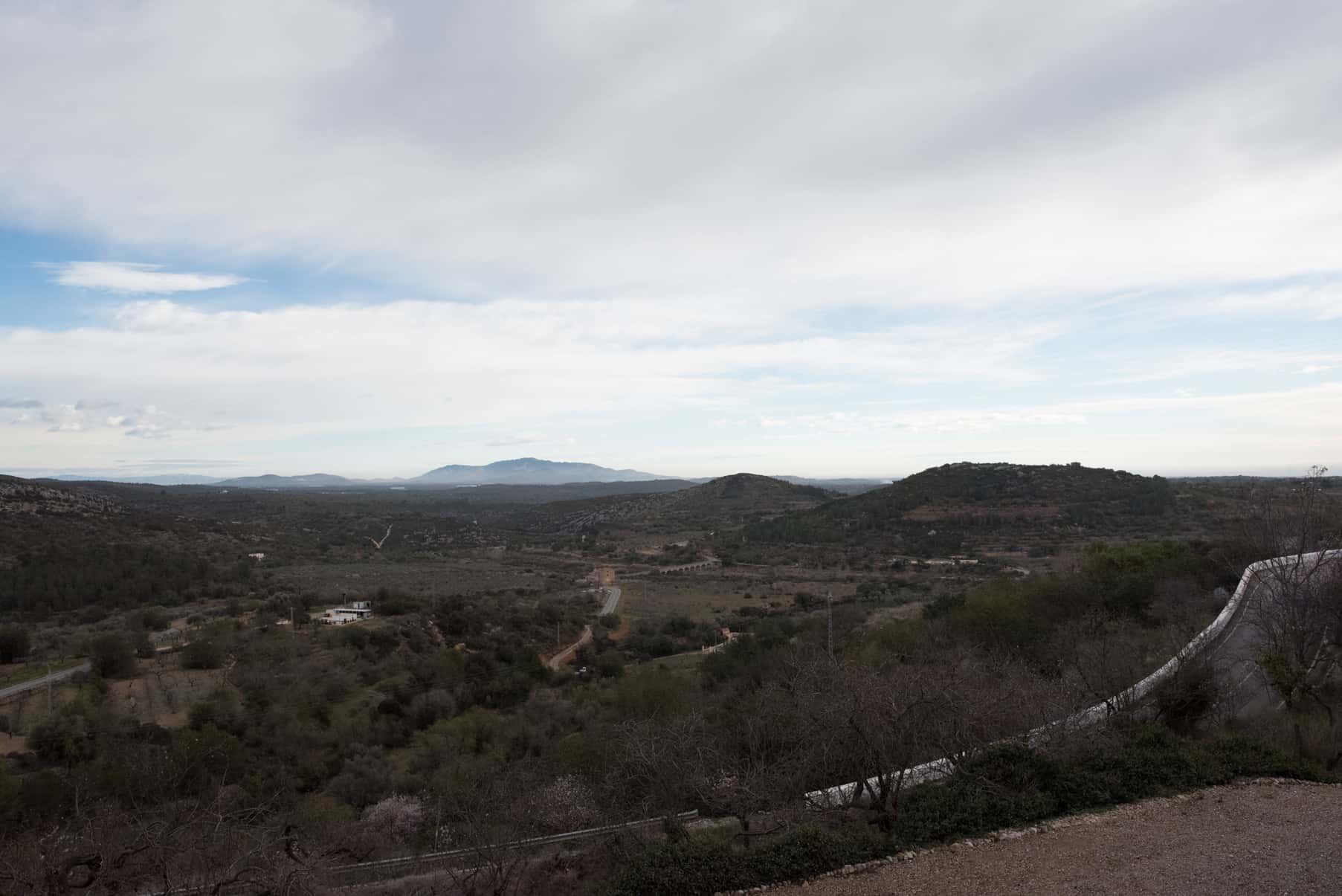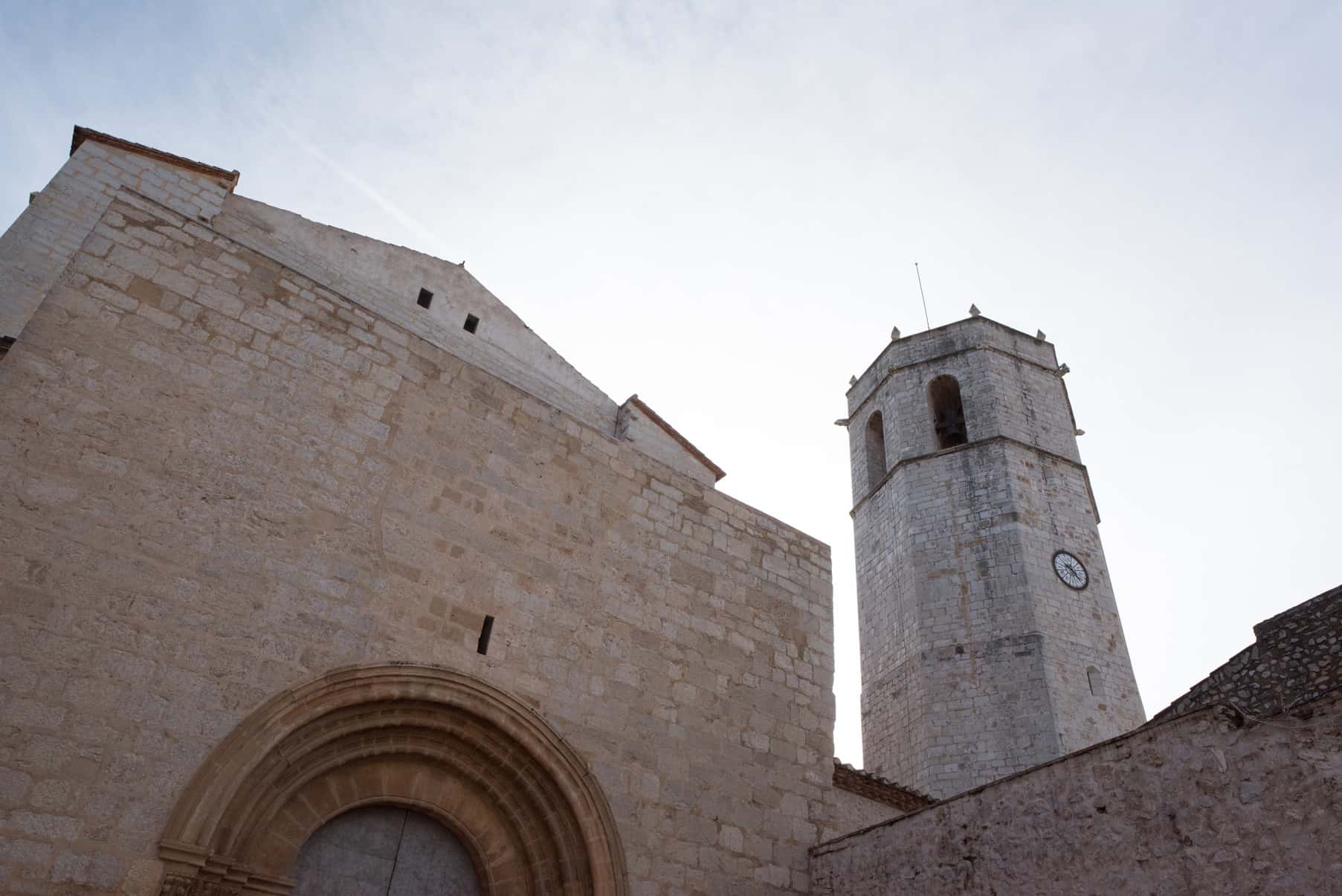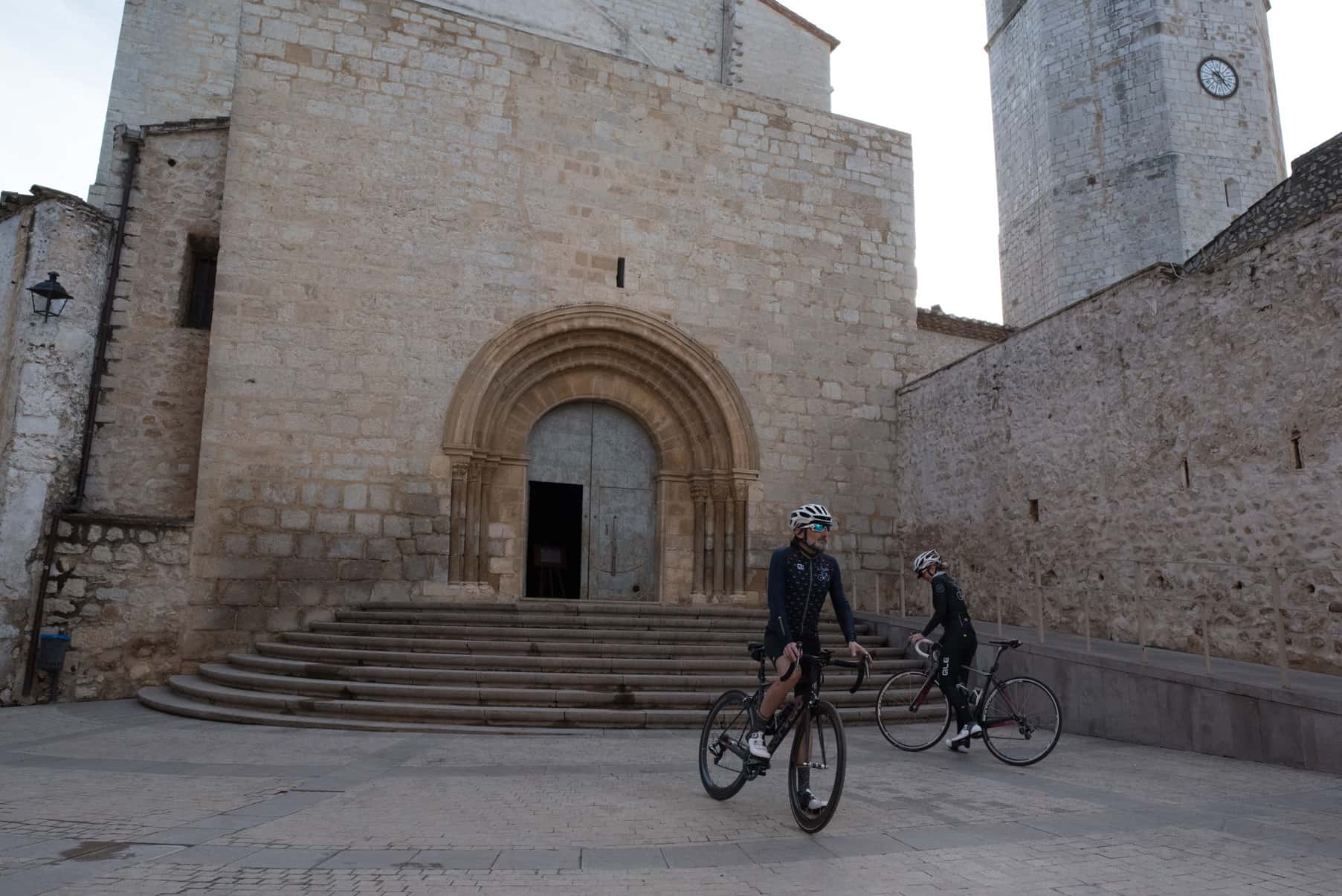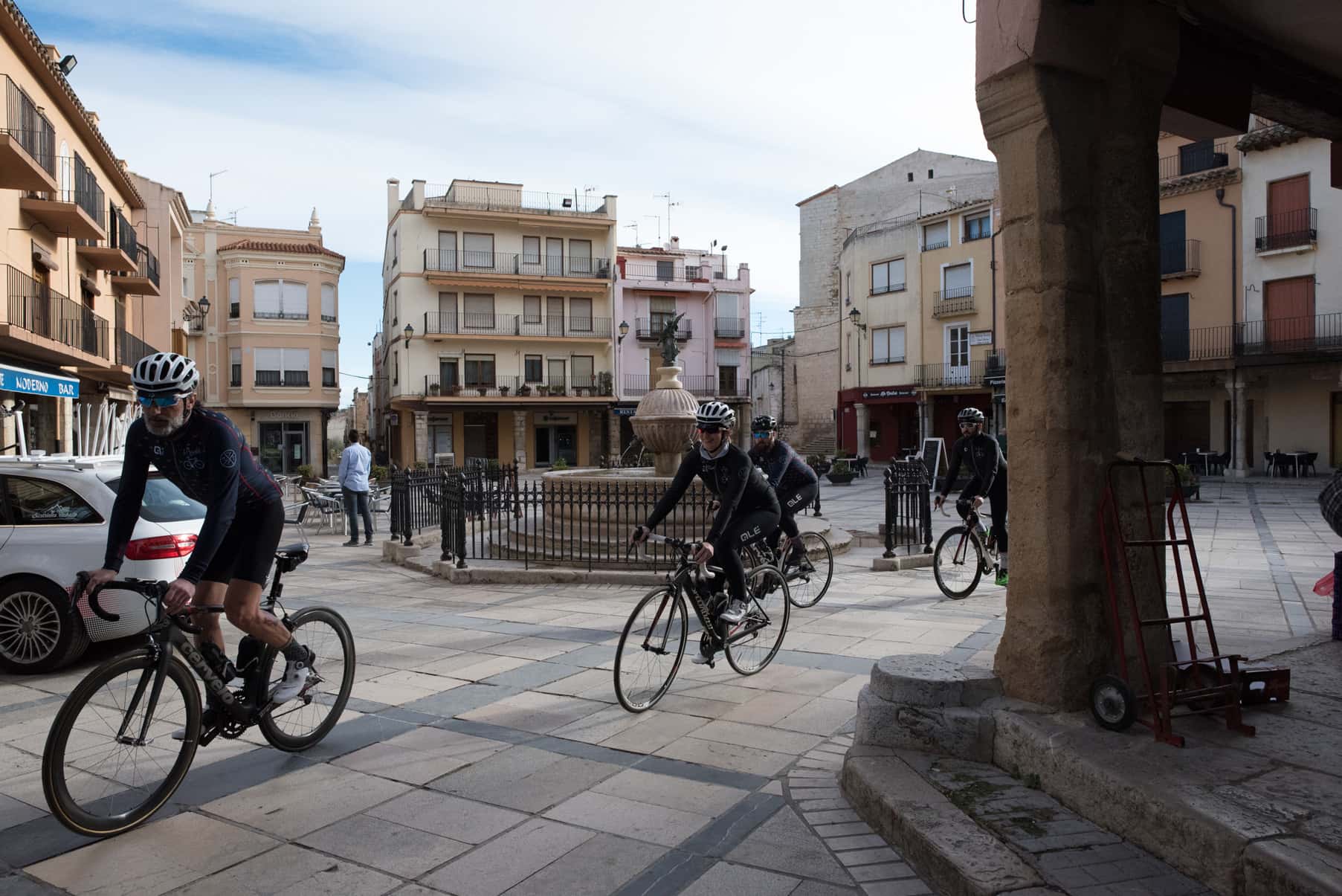Videos
Population
Peñíscola is one our province's most attractive municipalities, both because of its beaches and its historic heritage. It is led by its castle, which was home to Antipope Benedict XIII in the 15th century, until he fell from disgrace during the disputes with the church. The castle was built in the 13th century after the Spanish Reconquest and it has been a territory at war on numerous occasions throughout history, most recently in the Carlist War and the War of Succession. It is one of the most visited monuments in Spain, with more than 300,000 visitors a year. Antipope Benedict XIII made both the castle and Peñíscola one of critical locations for 15th century Europe, which lived during the religious conflicts caused by his exit from the Old Regime. Before the 15th century, Peñíscola had been critical, due to its port location, in the Greek, Roman and Arabic time periods. Before being re-christened as Peñíscola, the municipality was known as "Tyriche" during the Phoenician period, and as "Tarik" whilst under Arab rule. In fact, the sea is one of Peñíscola's attractions, it is even known in some tourist references as "the City on the Sea" and has a museum of the sea to allow you to discover more about its value.
Not only does this have the silhouette of a medieval city: with its surrounding walls and castle rising high above the urban centre, but its typical Mediterranean architecture in the historic centre (low, white houses) have given it special touch which has seduced not just tourists, but also blockbuster film crews, the most recent being Game of Thrones in 2016.
As well as its architectural heritage, its beaches, its proximity to the Serra d'Irta mountain range and its gastronomic offerings, its population of 7000 multiplies by 10 during high season. If you prefer to avoid crowds, visit Peñíscola in low season. On the other hand, in the summer you can take advantage of its coves such as the Cala del Moro and the Cala Argilaga. If you feel like stepping further afield, in the Serra d'Irta Natural Park you will find beaches and forest areas where you can escape and relax after completing the route.
Given its tourist potential, the gastronomic offerings in Peñíscola are huge. Its prices, especially in high season, are also a little expensive, however it is possible to find options which suit all pockets. If you want to try a reasonably priced rice dish, the Arrocería Polo Sur (Avda. Papa Luna 115) is a good option; if you would rather have a wider choice of dishes, the Restaurante Tío Pepe (Avda. España, 32) is one of the most well-known in Peñíscola; and if you would prefer some quick tapas, you could try the la Cocina de Ana (C/Mayor, 44).
If you want to spend a weekend away, Peñíscola is a perfect tourist destination. If you are searching for accommodation with all the extras, you will find that hotels such as Hotel RH Portocristo and Peñíscola Plaza Suites offer an extremely high quality service. If you seek something more wallet-friendly, at Casa Juanita and Hotel Mare Nostrum you will find rooms which will allow you to discover one of the most seductive municipalities of our province for a low cost.
Points of interest in the area
- Peñíscola Castle: one of critical locations for 15th century Europe, which lived during the religious conflicts caused by the exit from the Old Regime.
- The Gate of San Pedro or of Papa Luna (Antipope Benedict XIII): with the coat of arms on the central part. This was the way to access the fortress from the sea.
The Serra d'Irta natural park: a reserve of flora and fauna. Here the San Antonio chapel is found, as well as the Badum tower and Mas del Senyor.
Route
A stage in the middle of the mountains, this will take you up to a Sub23 or even professional level. Although this does not have any great mountain passes, it does cover a total incline of 2000 metres in 150 km: are you ready for a route which would test even the cycling tourist greats? Leave Peñíscola towards Benicarló via the municipalities northern exit, once there take the CV135 which leads towards Càlig, Cervera del Maestre and Tírig. We are going to leave Baix Maestrat and head into the Alt (the in-land area of the province), which has broken, uphill, winding terrain. Leaving the marine climate behind us, we are going to pass through the Barranc de la Valltorta gorge and reach Albocàsser, having now travelled 56 kilometres. The most difficult section is now about to begin: 30 kilometres of mountain terrain along the CV15 which leads to Benassal. Here there are some 7% inclines which may pose a problem if you have not paced yourself. The stretch from Benassal to Culla is 9 kilometres, with a few false flats, but with constant sections with a 6% incline. Once you reach Culla you will be able to let yourself be led towards Albocàsser and Les Coves de Vinromá downhill along a 20 kilometre stretch, almost without having to set foot on the peddles. Upon reaching Les Coves you will be faced with two more steep slopes, each with a 5% incline, which will feel tougher than they are after having cycled so far. Overcome them with strength and you will be rewarded by the favourable terrain and splendid scenery of Alcalà de Xivert and La Serra d'Irta before reaching Santa Magdalena and then Peñíscola. Mission complete: you are now a mountain bike pro.
Points of interest along the route
- Benicarló (Km 8): one of Baix Maestrat's most relevant municipalities, with a historic centre built in the Renaissance.
- Càlig (Km 16): this municipality which neighbours the region of Els Ports counts its tower as its key attraction:
- Cervera del Maestre (Km 26): here you can visit the olive oil museum (Museo del Aceite) in the centre of the olive region.
- Sant Mateu (Km 35): see description
- Tírig (Km 35): see description
- Albocàsser (Km 57 and 103): An area filled with almond groves, 15th century Gothic churches and grilled meats.
- Benassal (Km 71): see description
- Font d’en Segures (Km 75): see description of Benassal
- Culla (Km): Another municipality with a medieval feel, with its main attractions being its rural farmhouses built in the 15th and 16th centuries (like the Amador Tower) and its "Carrasca Monumental", the monumental oak tree. It might be a good option replenish the energy used climbing up to the municipality by stopping for a rest and a bite to eat at the Restaurante la Carrasca.
- Torre d’en Besora (Km 95): This municipality has less than 200 inhabitants, but the ruins of the castle built in the 16th century leave a clear reminder of its strategic importance within the area in centuries past.
- Les Coves de Vinromá (Km 117): adjacent to the Barranc de la Valltorta gorge, this municipality has less than 2000 inhabitants, who, on the whole, live off the olive and almond groves.
- Alcalà de Xivert (Km 133): see description of Alcossebre
- Santa Magdalena de Pulpis (Km 142): this still maintains its castle with Arabic origins and a neoclassical church which the village is named after.
Gastronomy
Arrocería Polo Sur (Avda. Papa Luna, 115): where you can try all its rice specialities with sea views.
Restaurante Tío Pepe (Avda. España, 32): a varied menu, although the rice dishes and the octopus are worth a special mention.
Tapería la Cocina de Ana (C/Mayor, 44): tapas and delicious dishes for a very good price.
Accommodation
Hotel RH Portocristo (Avinguda del Papa Luna, 2):high quality services in idyllic surroundings.
Peñíscola Plaza Suites(Avinguda Papa Luna, 156): a four star hotel right on the Azahar coast. A luxurious stay.
Casa Juanita (Escuela,4): located next to the walls of the old city and castle. The beach is just 50 metres away.
Hotel Mare Nostrum (Molino, 4): A basic hotel on the beach front.
